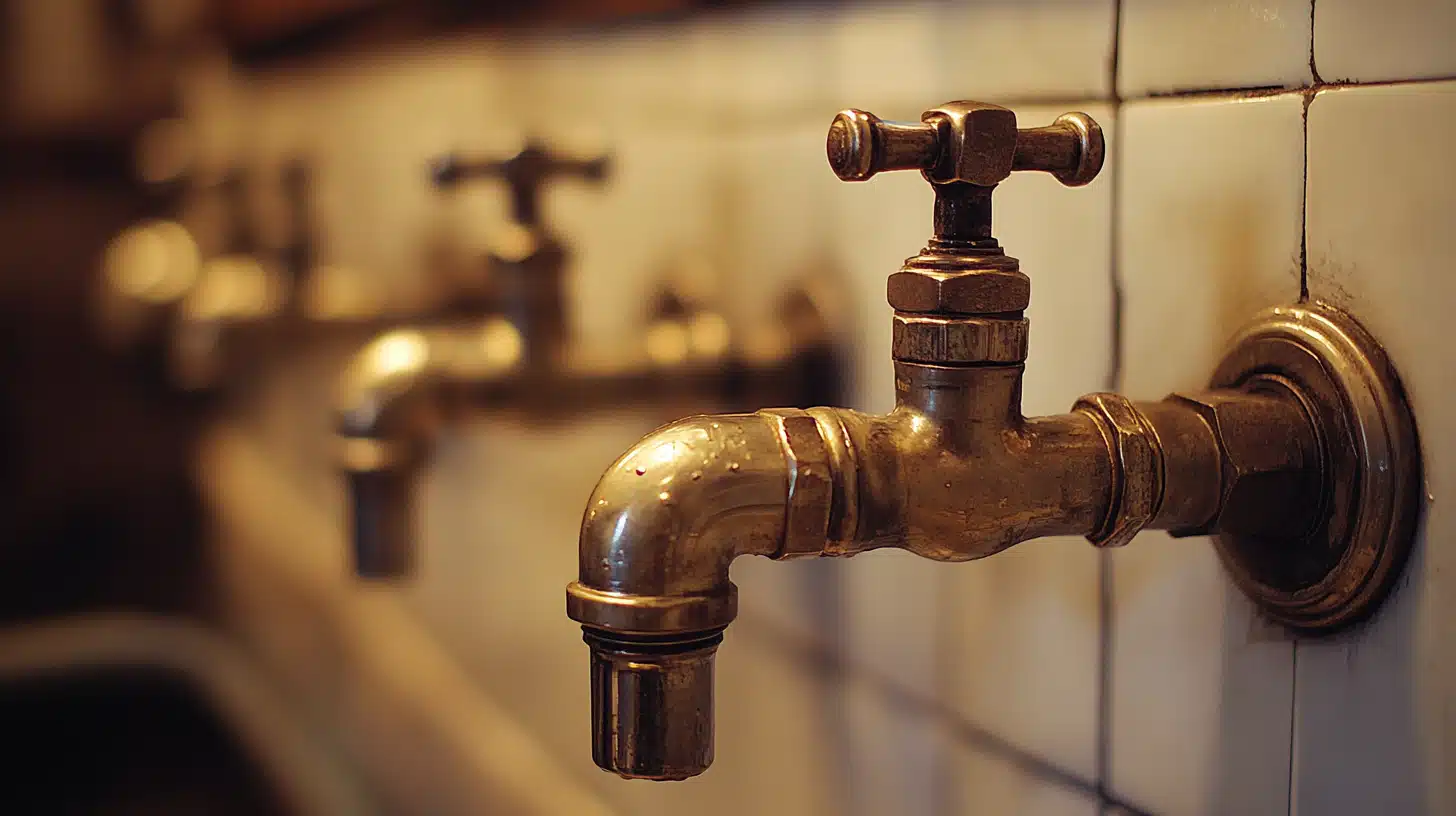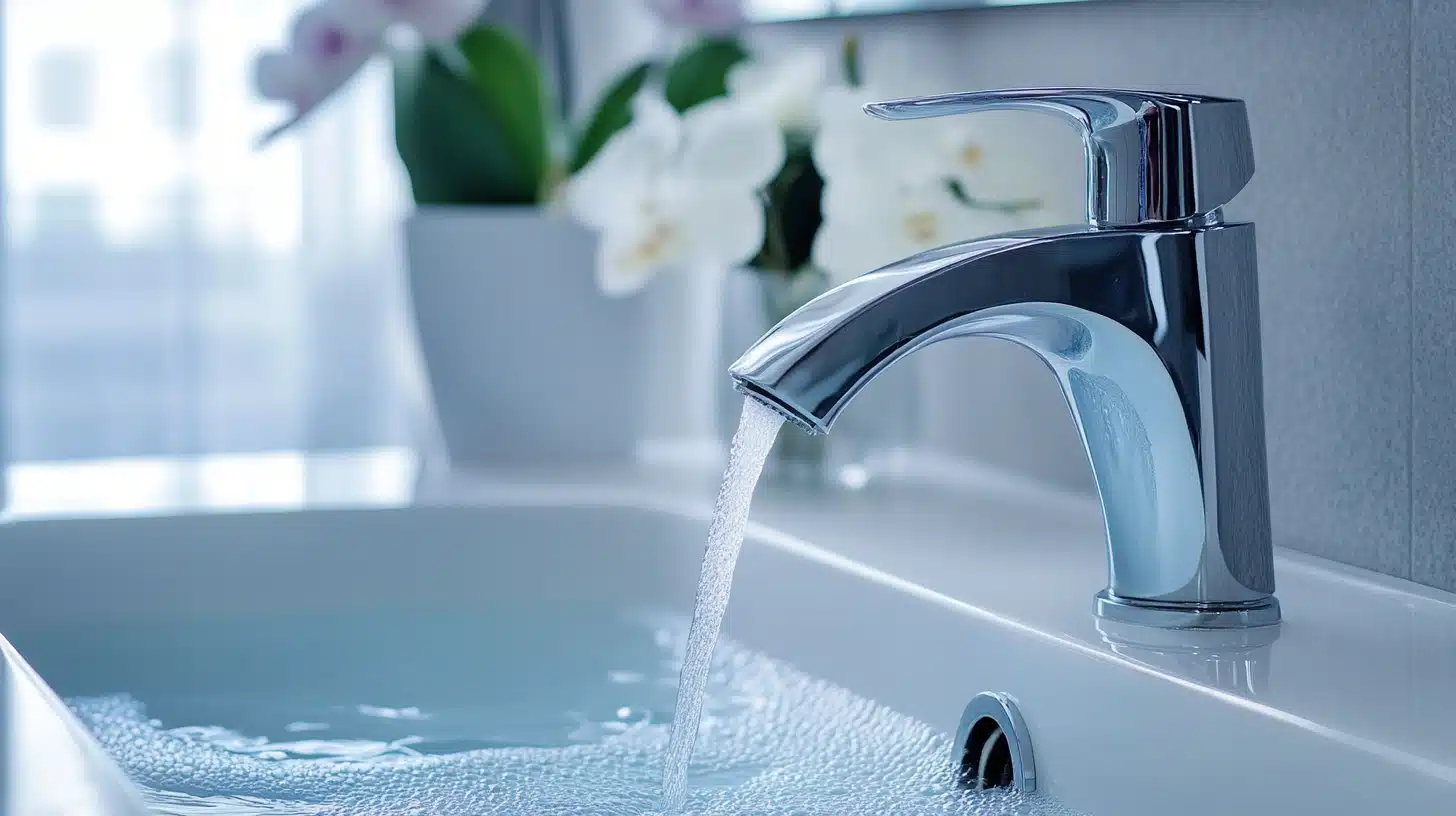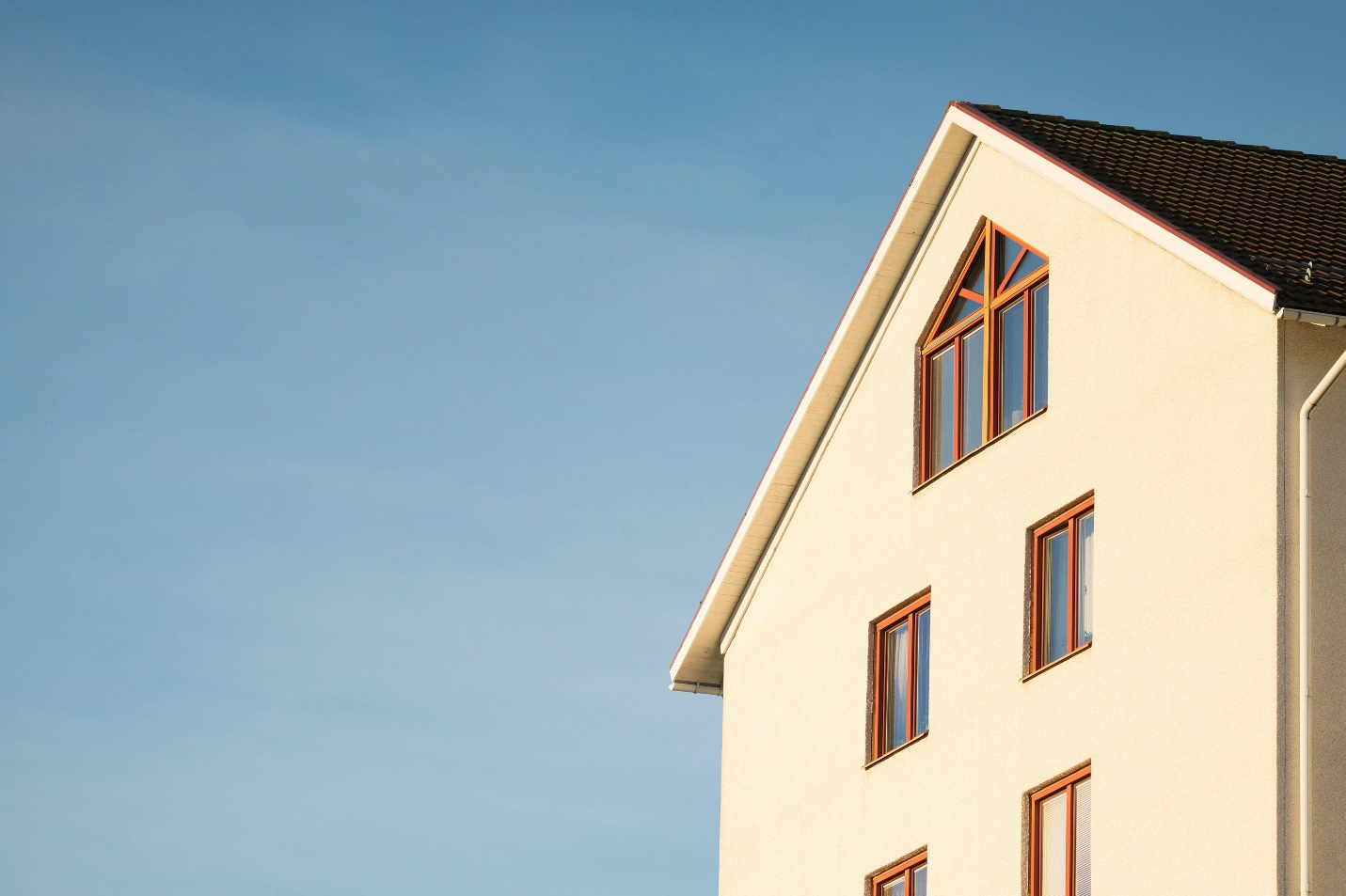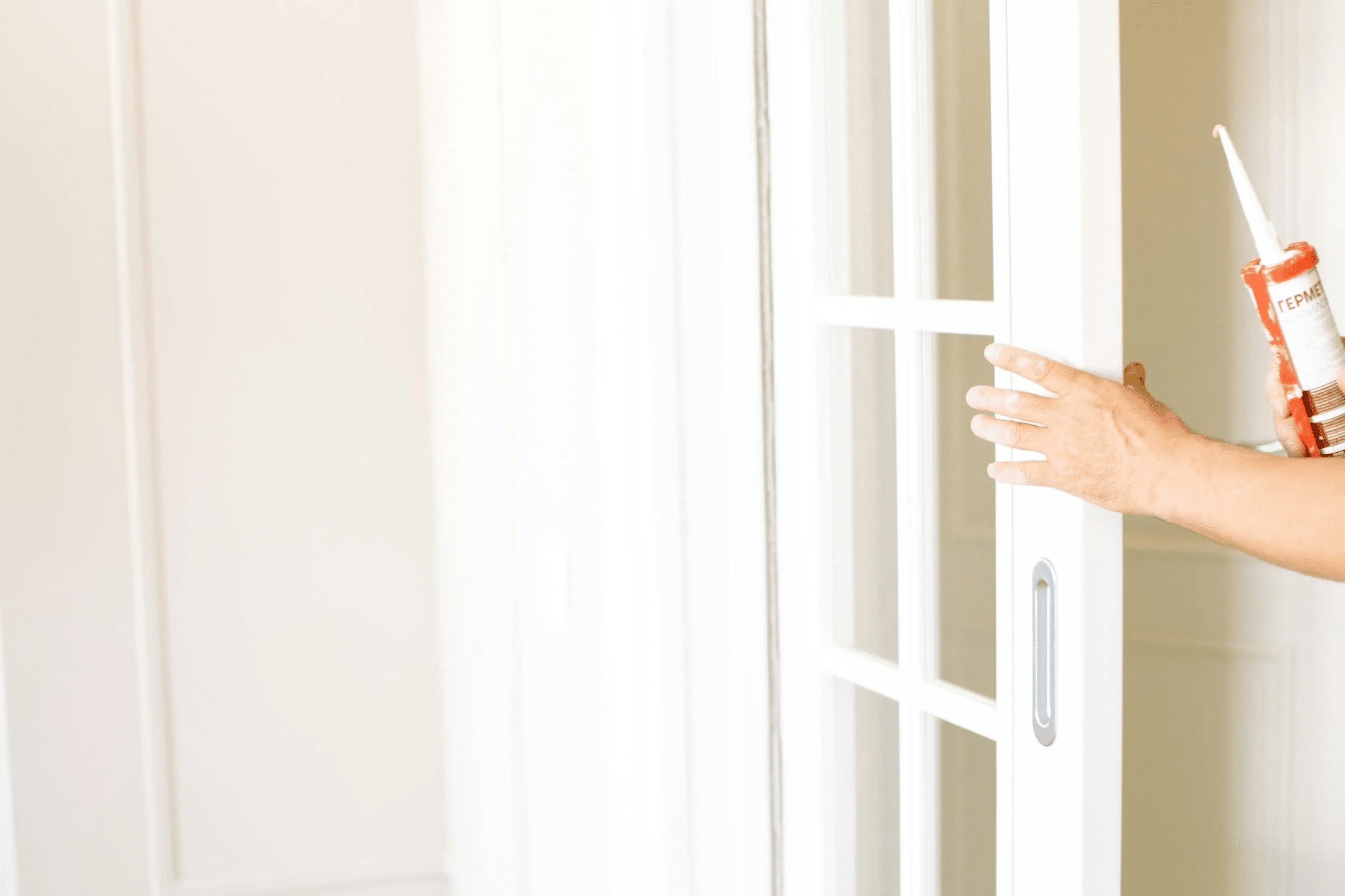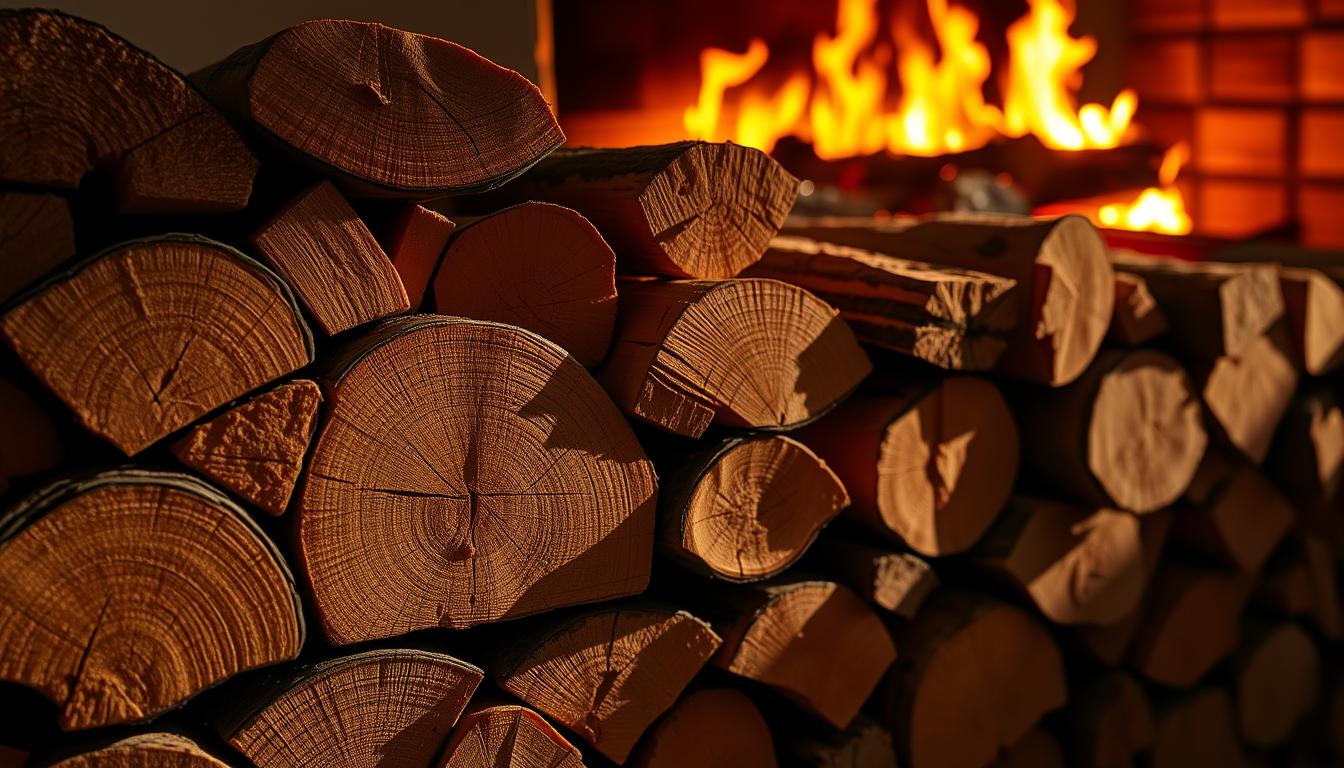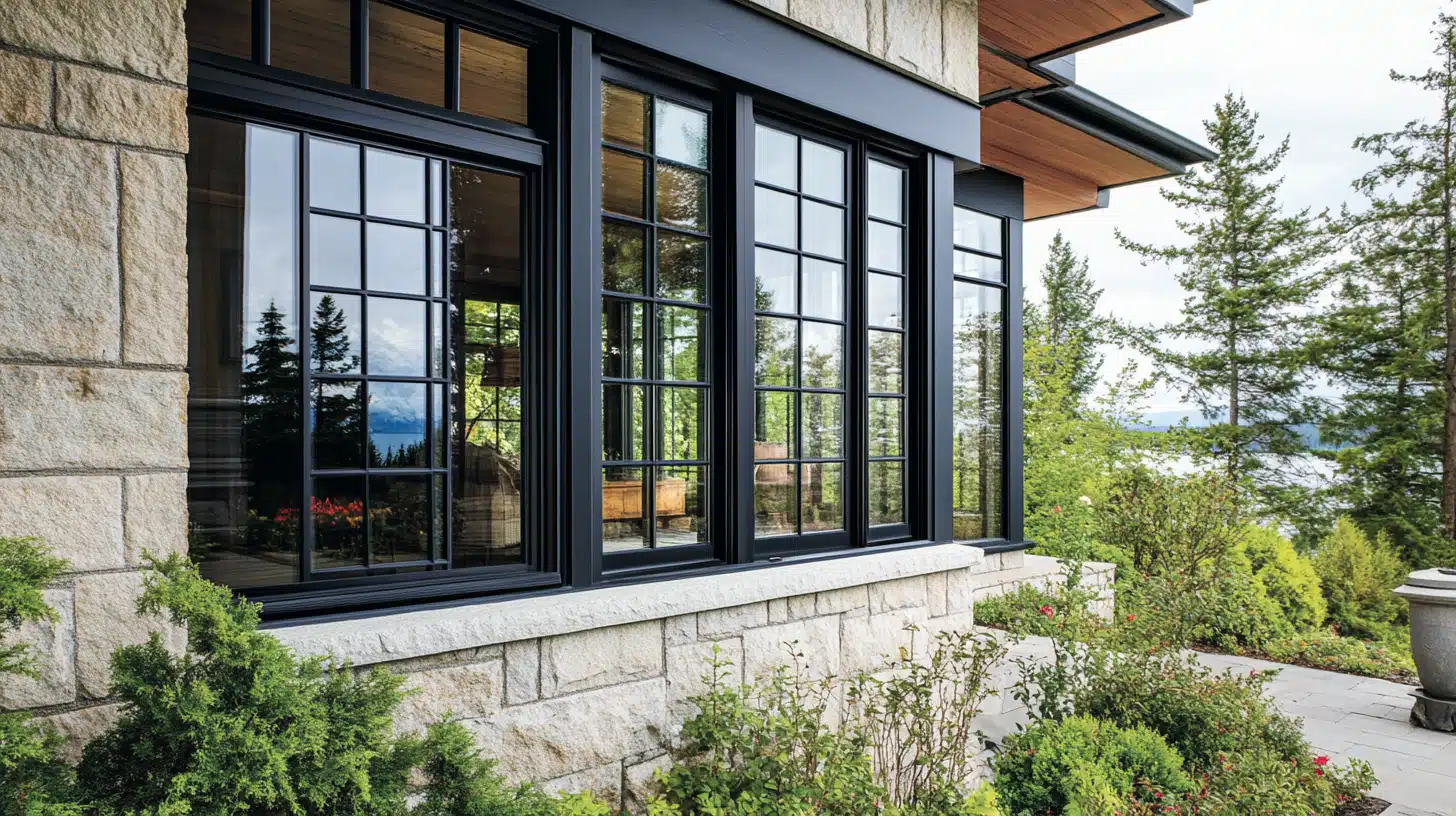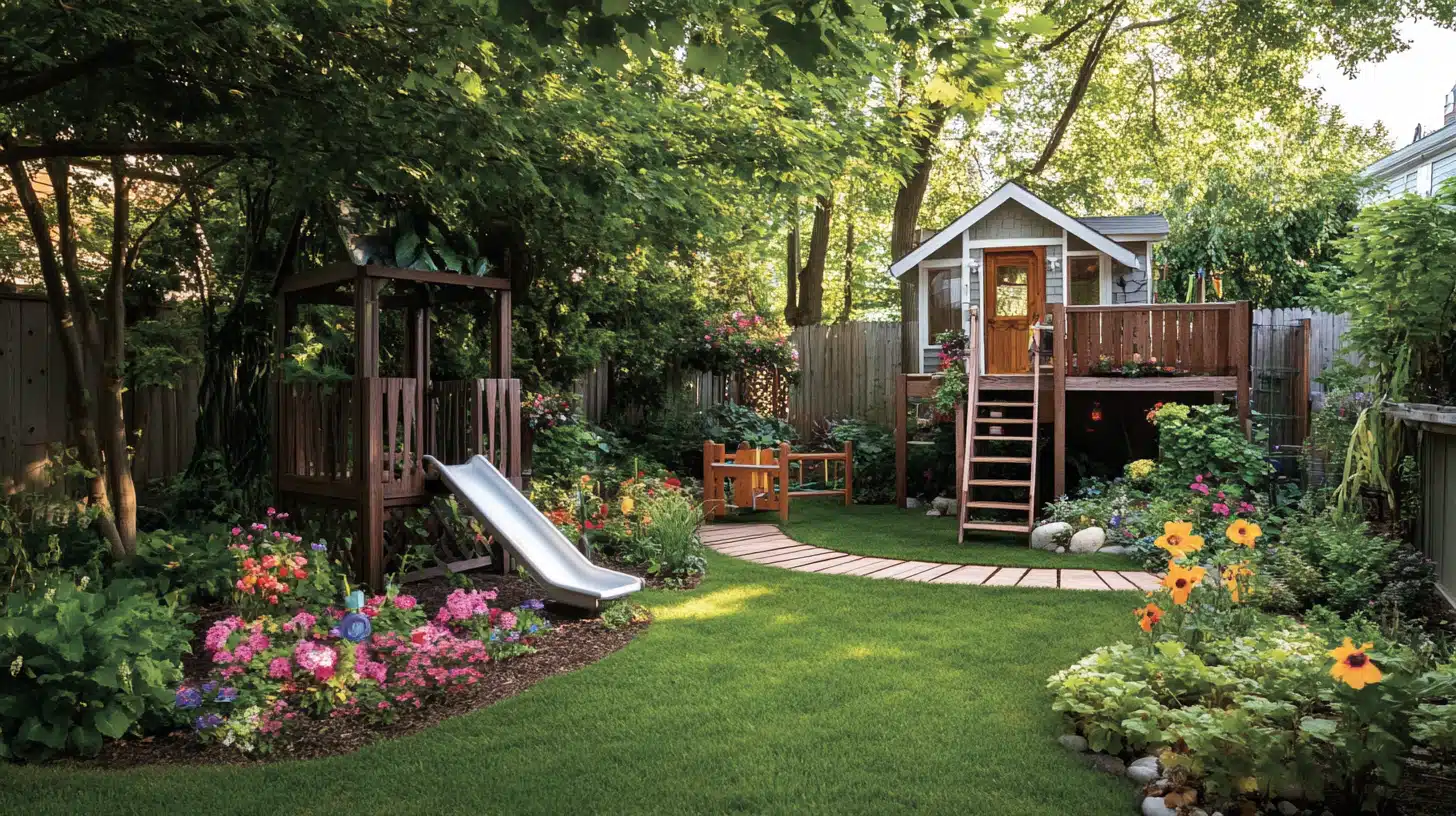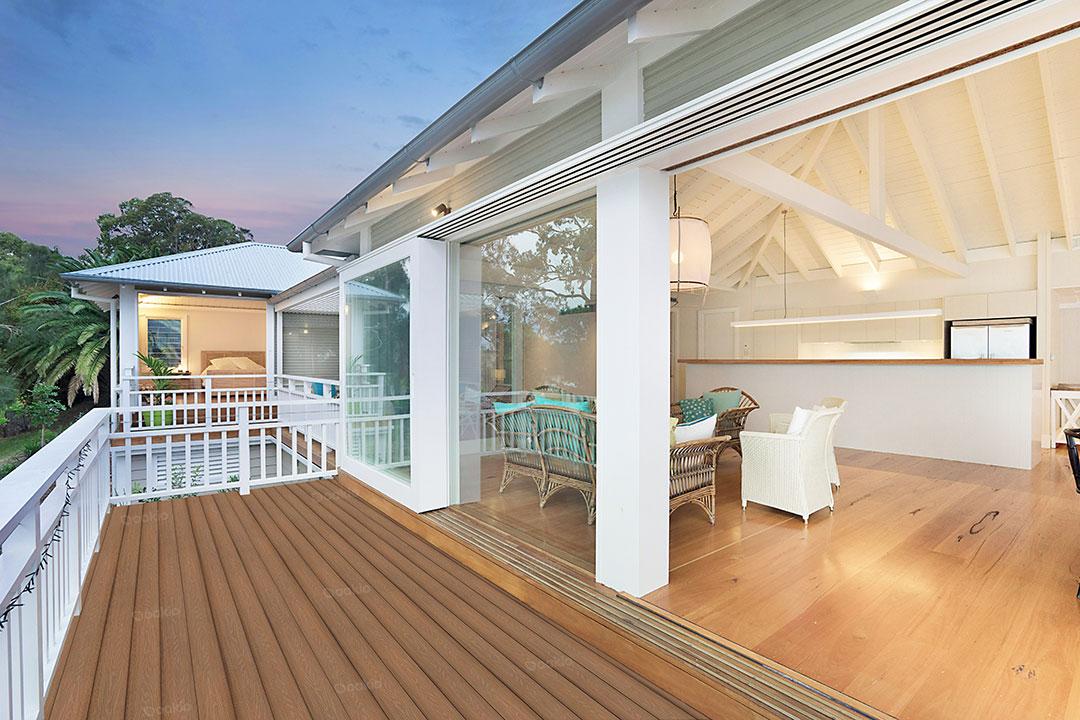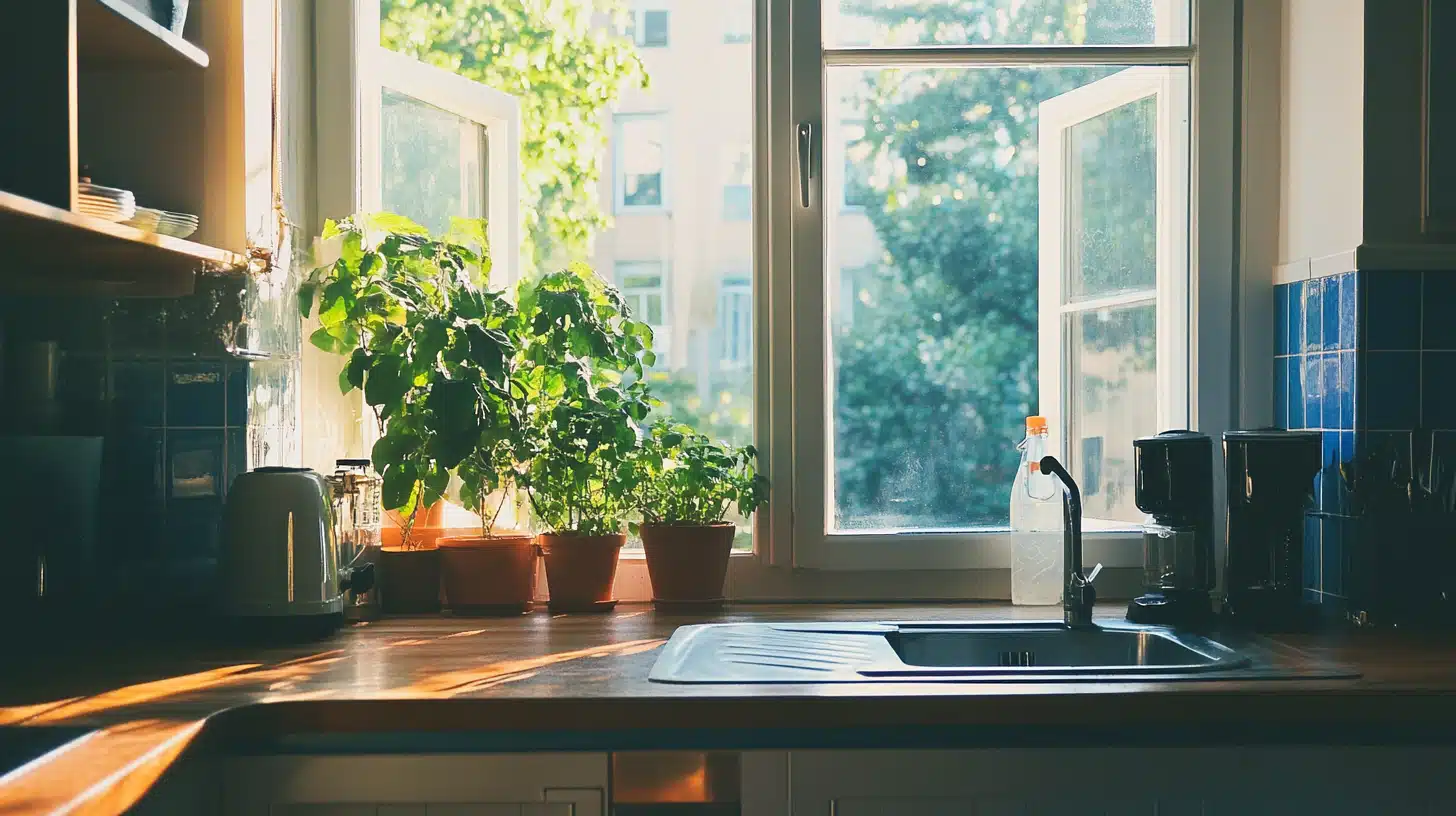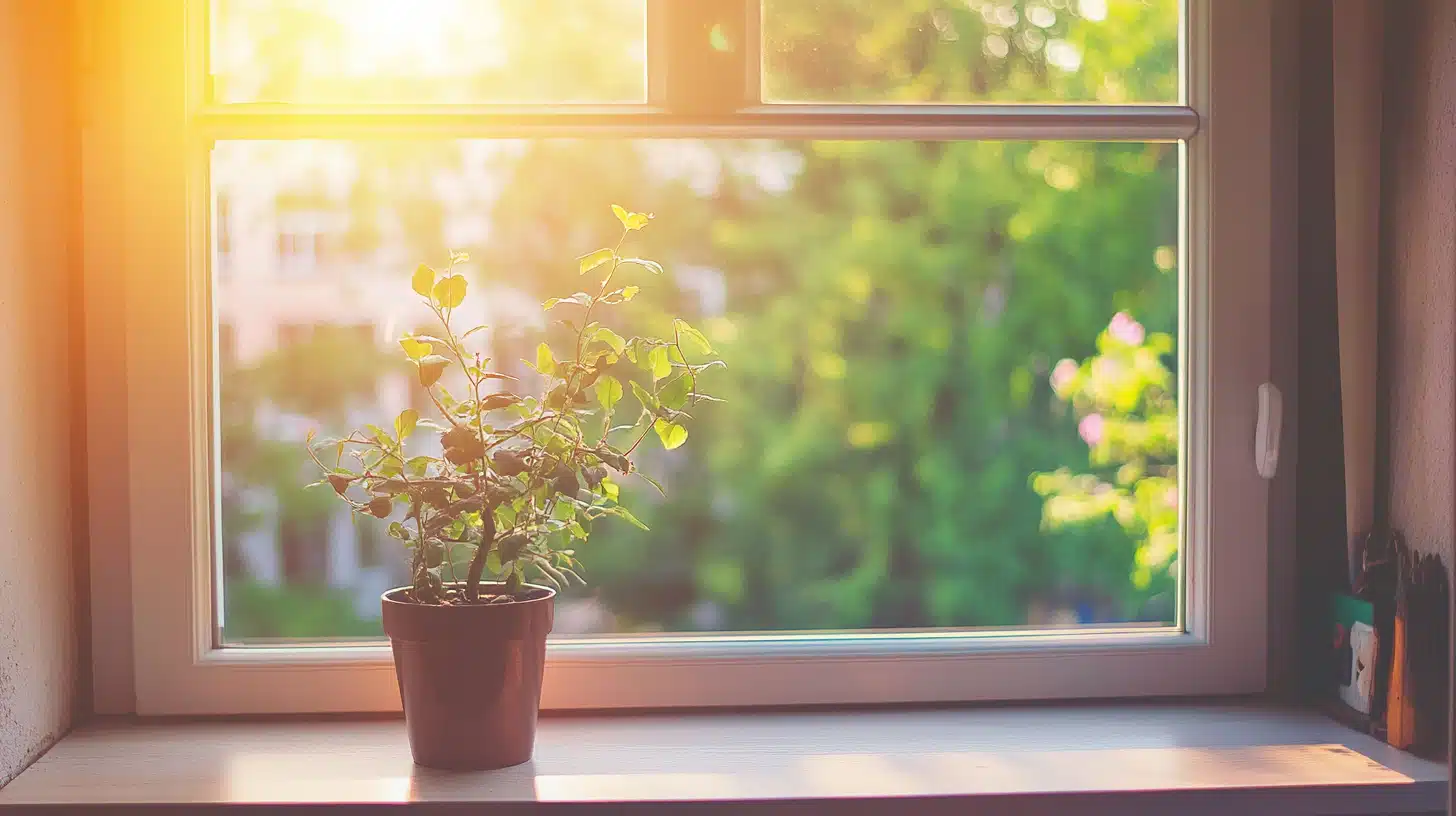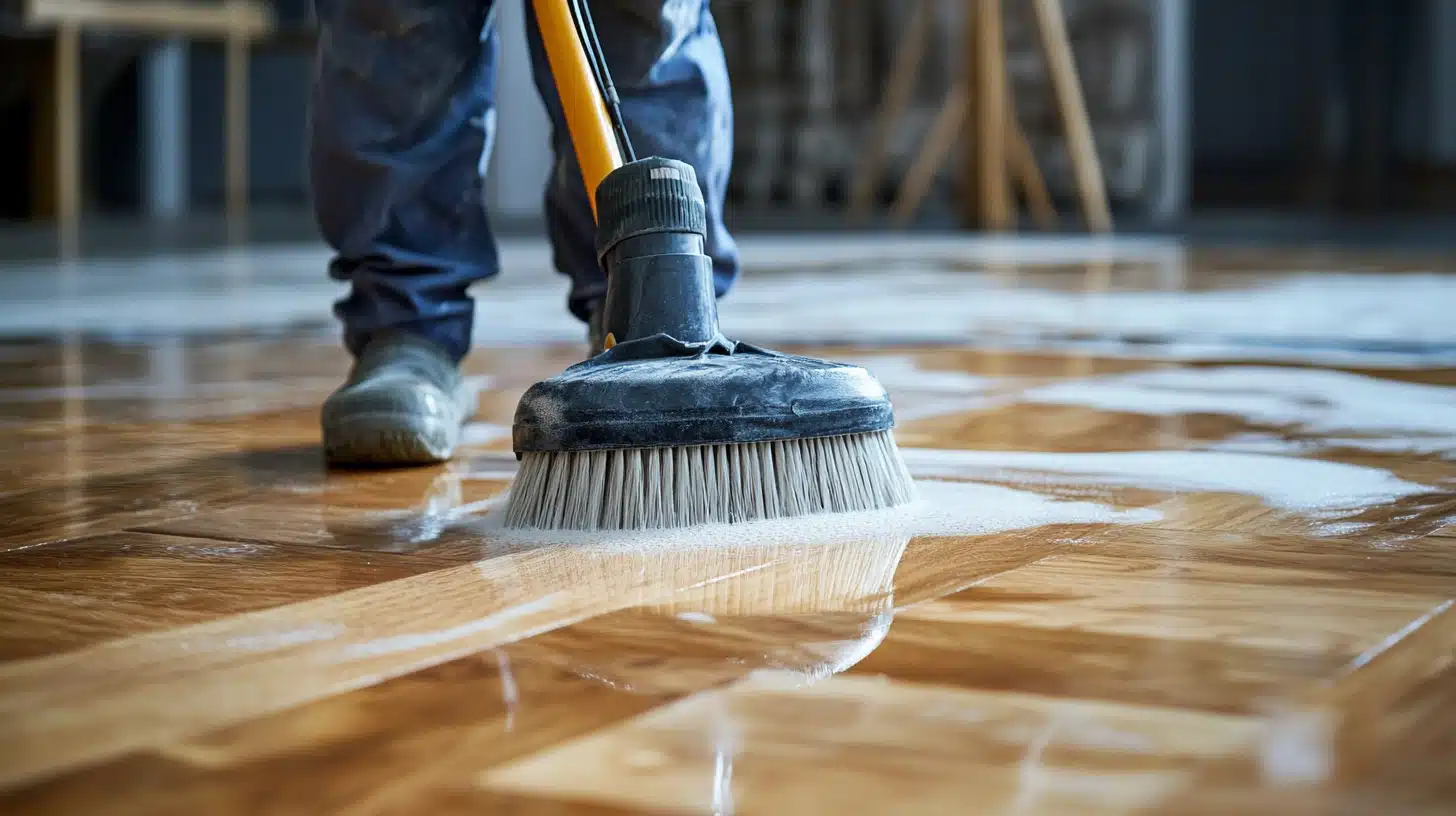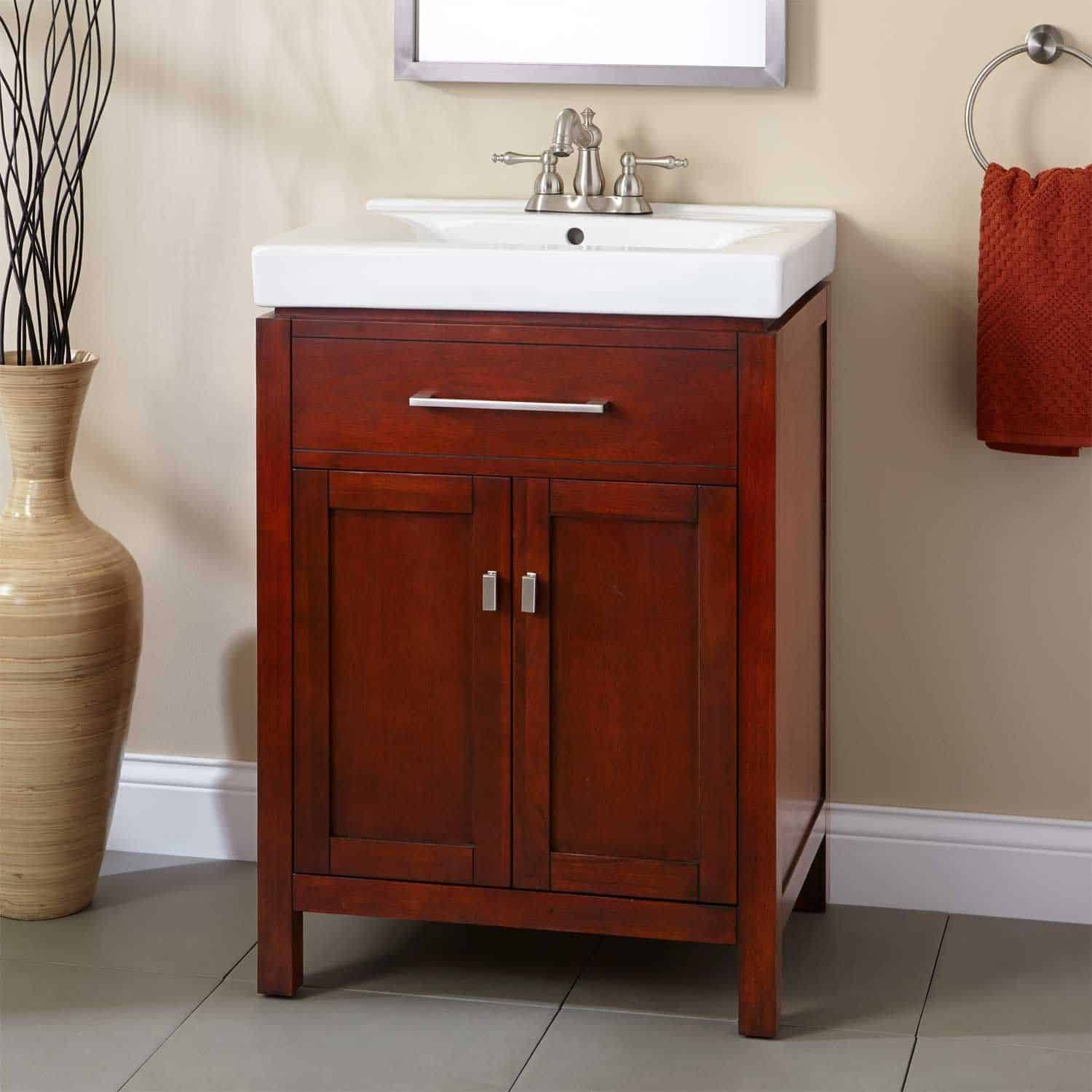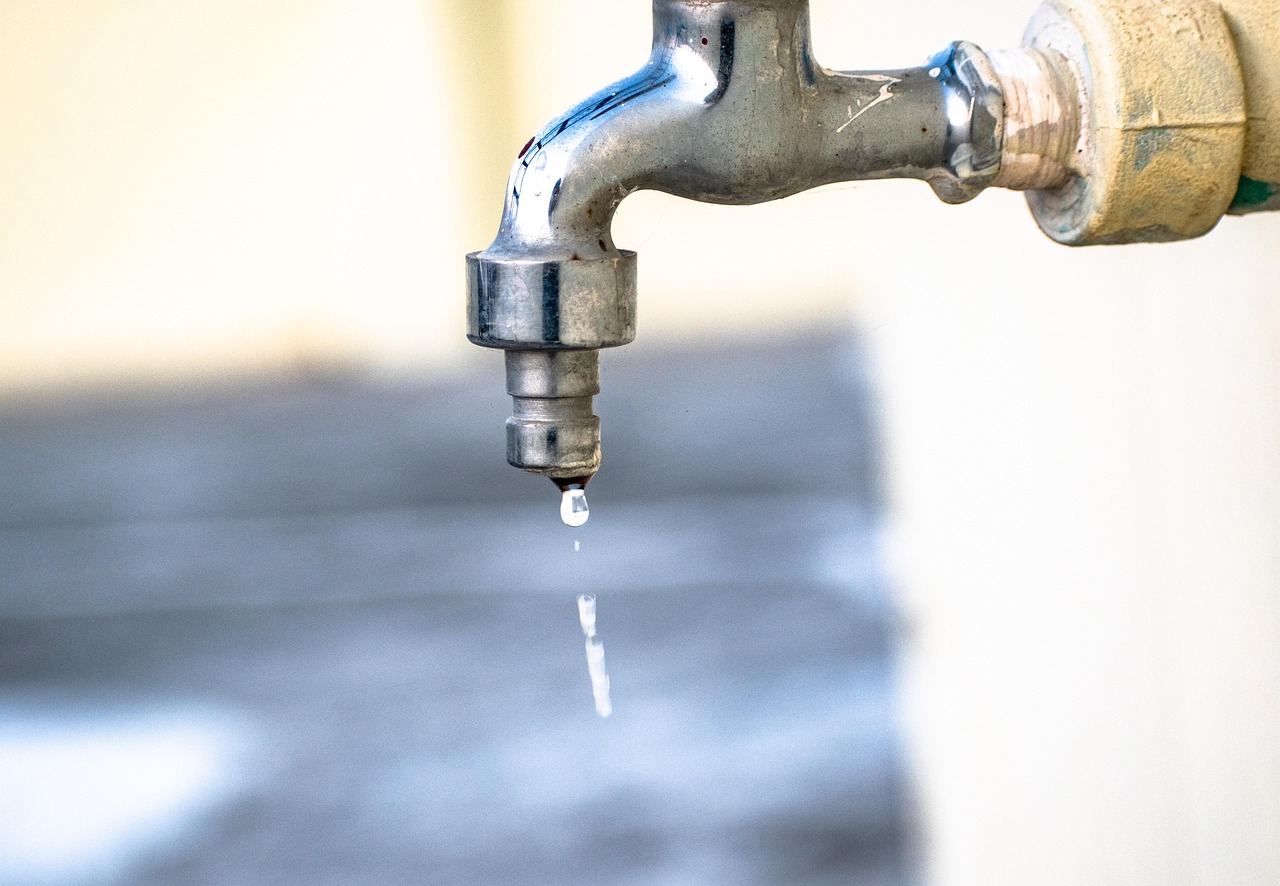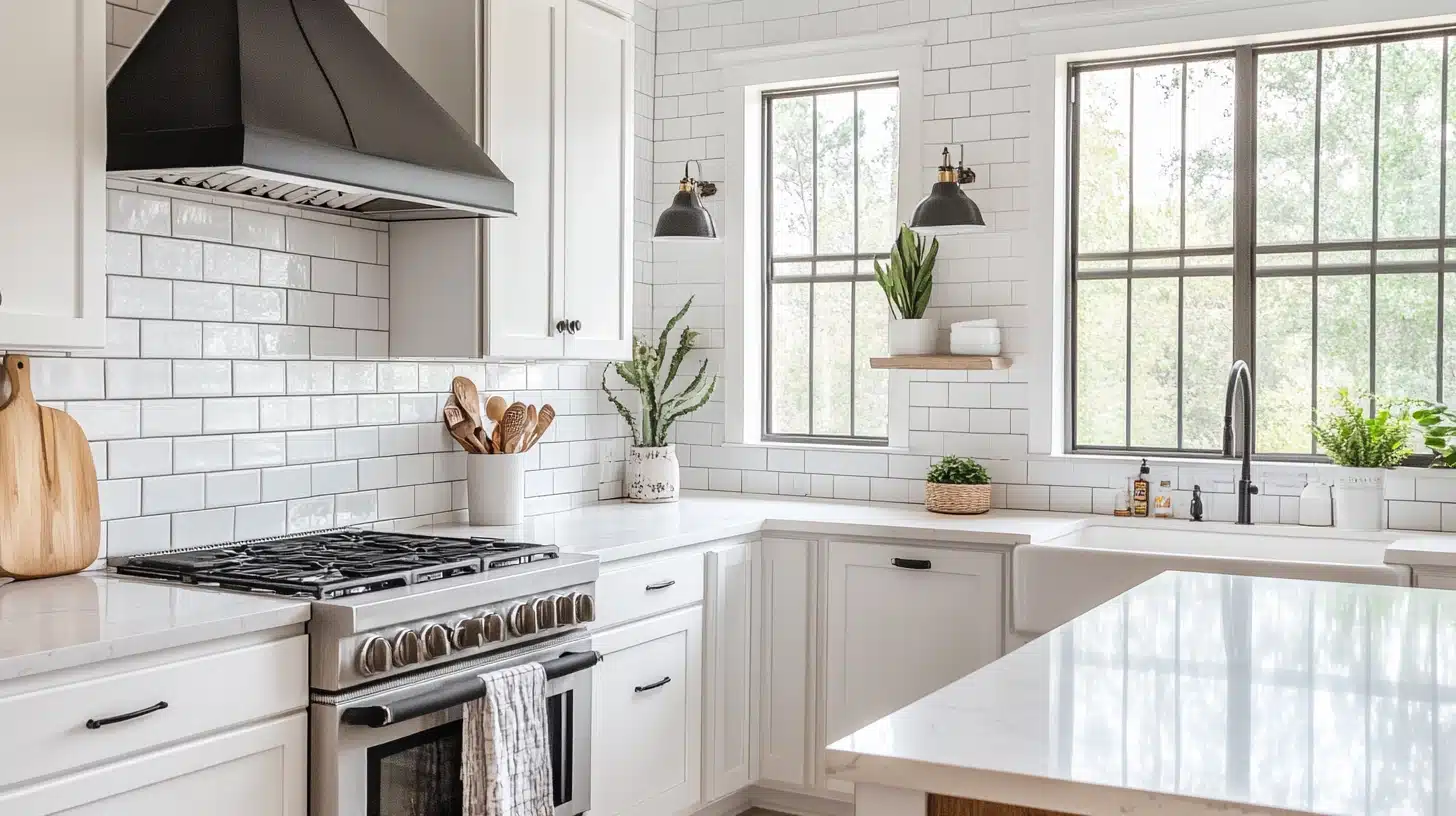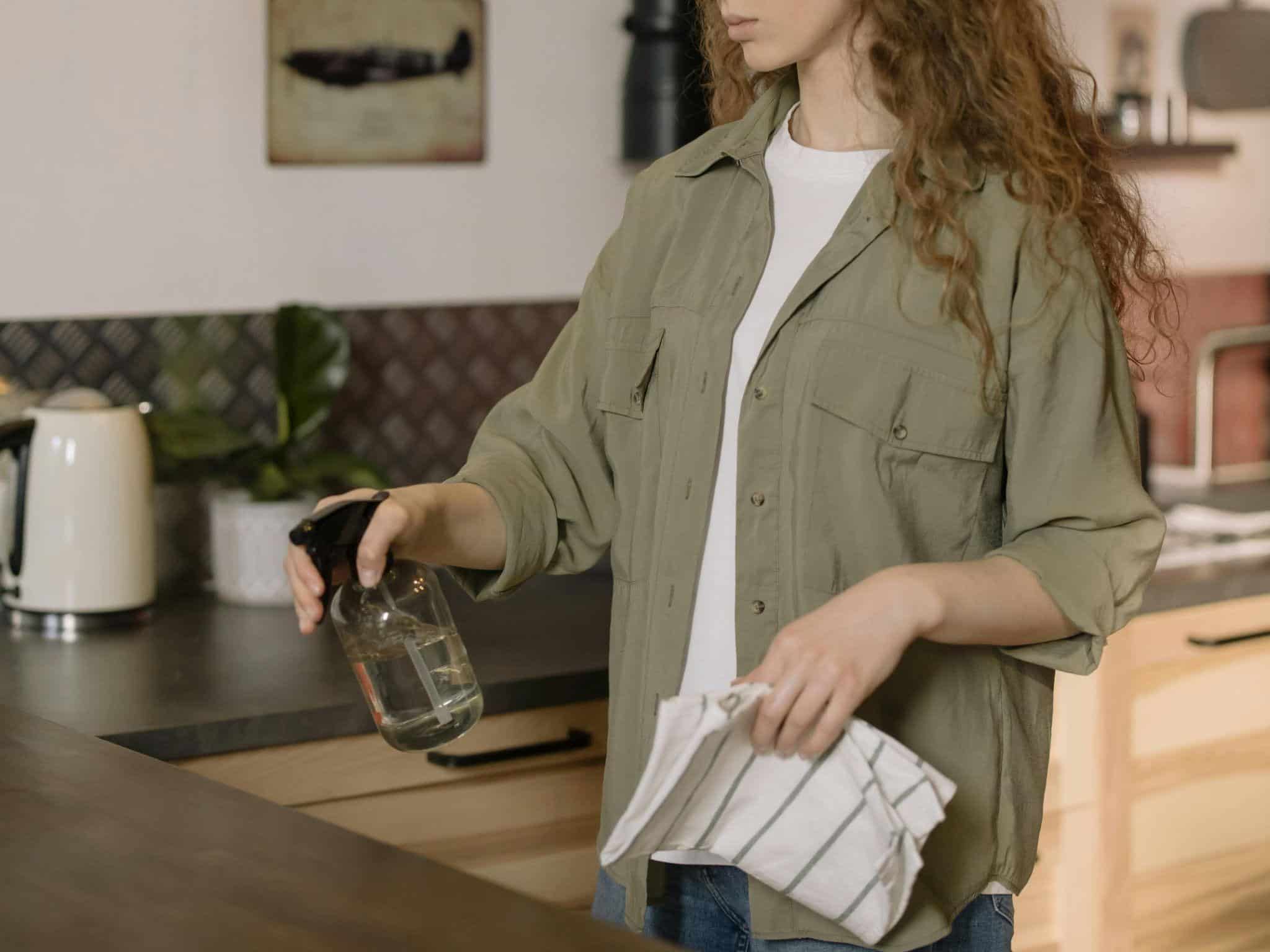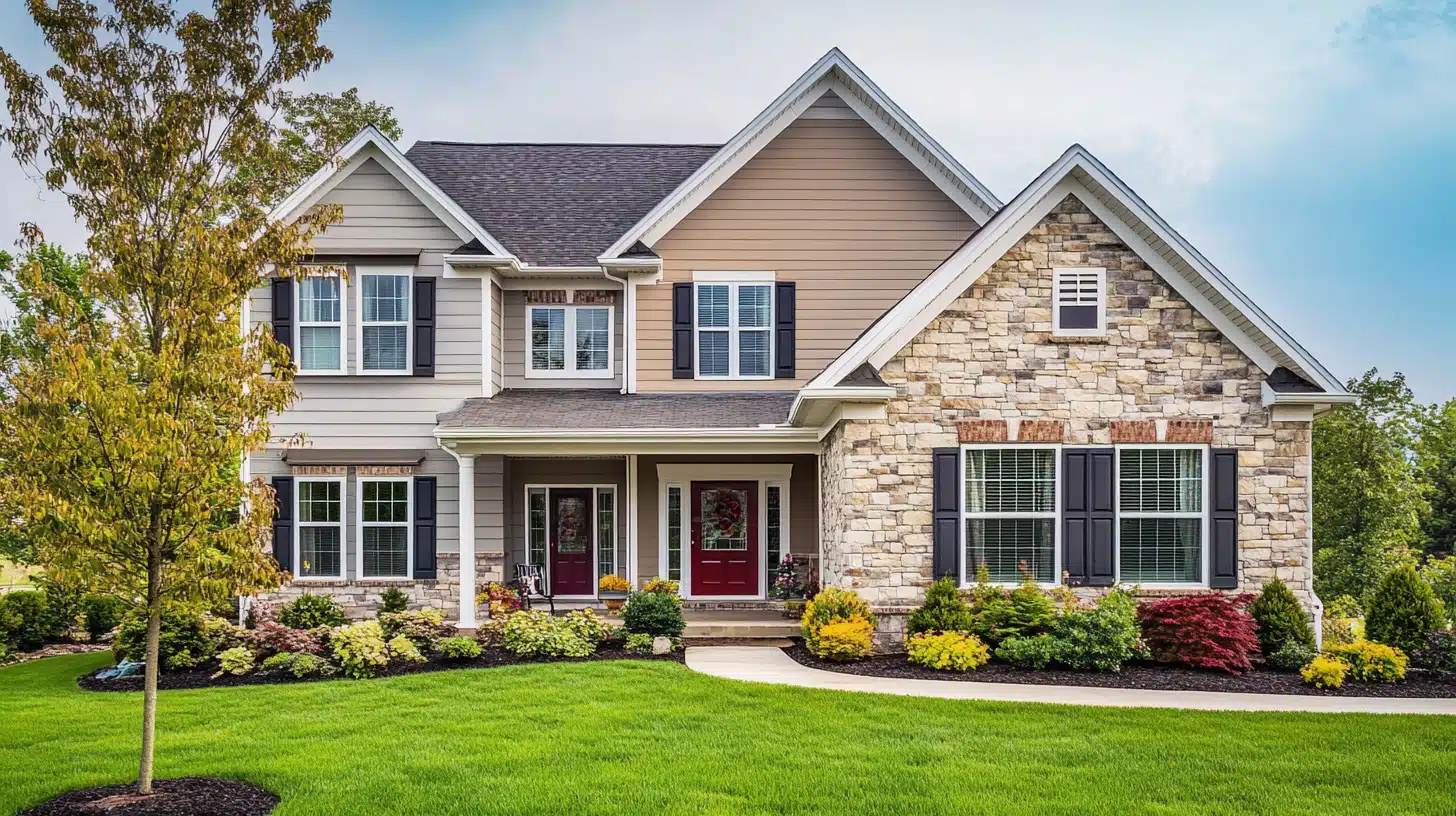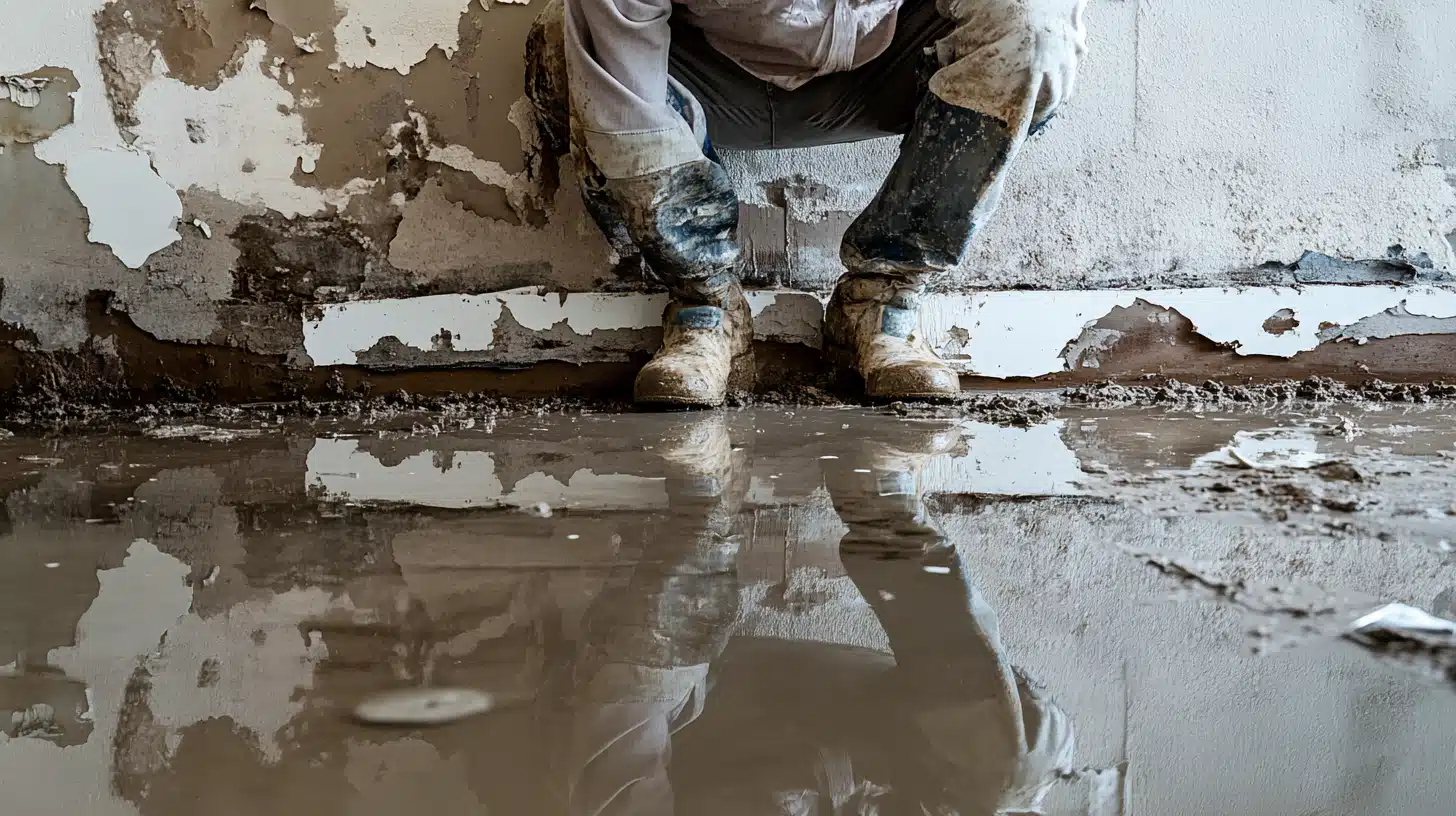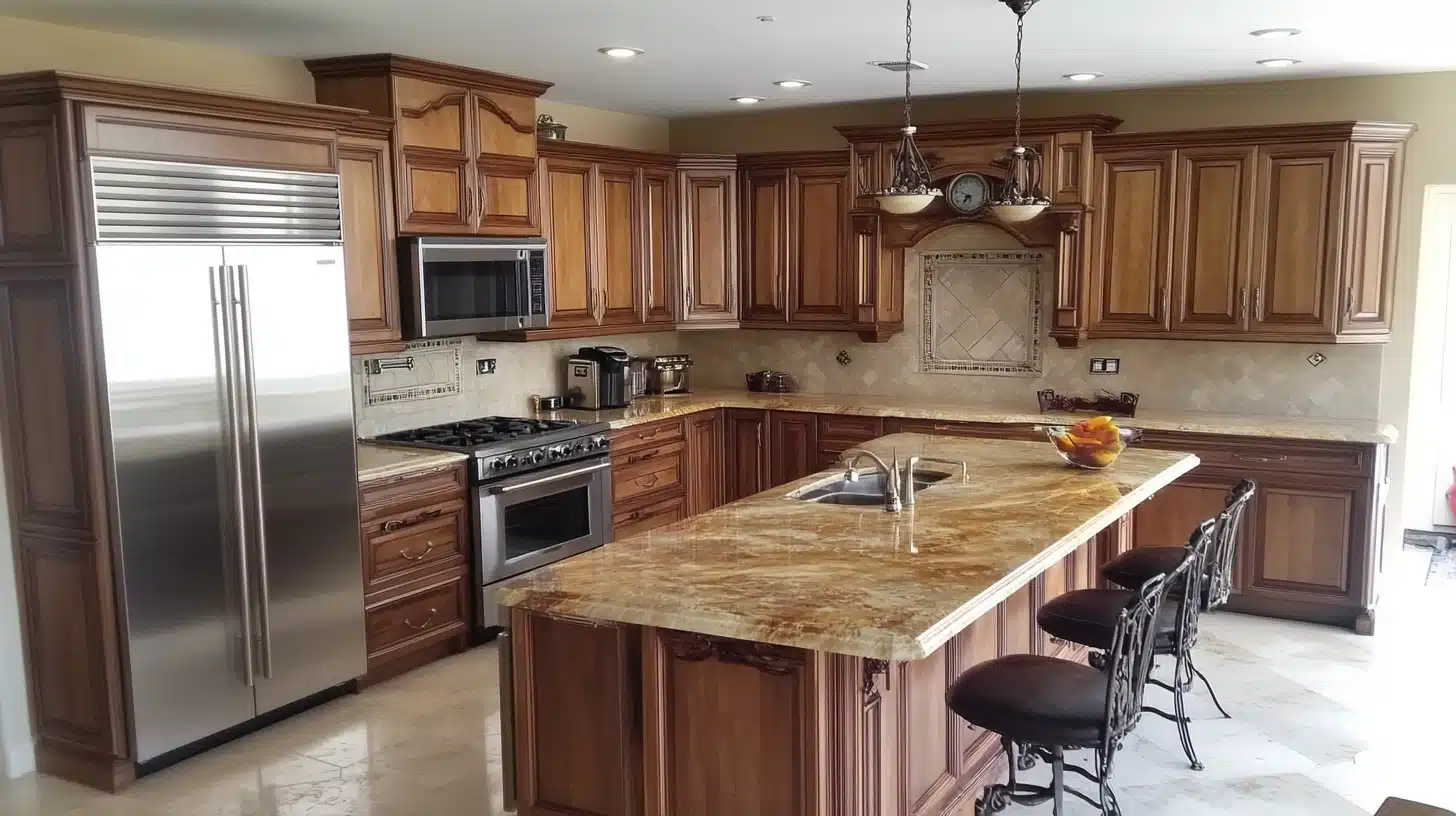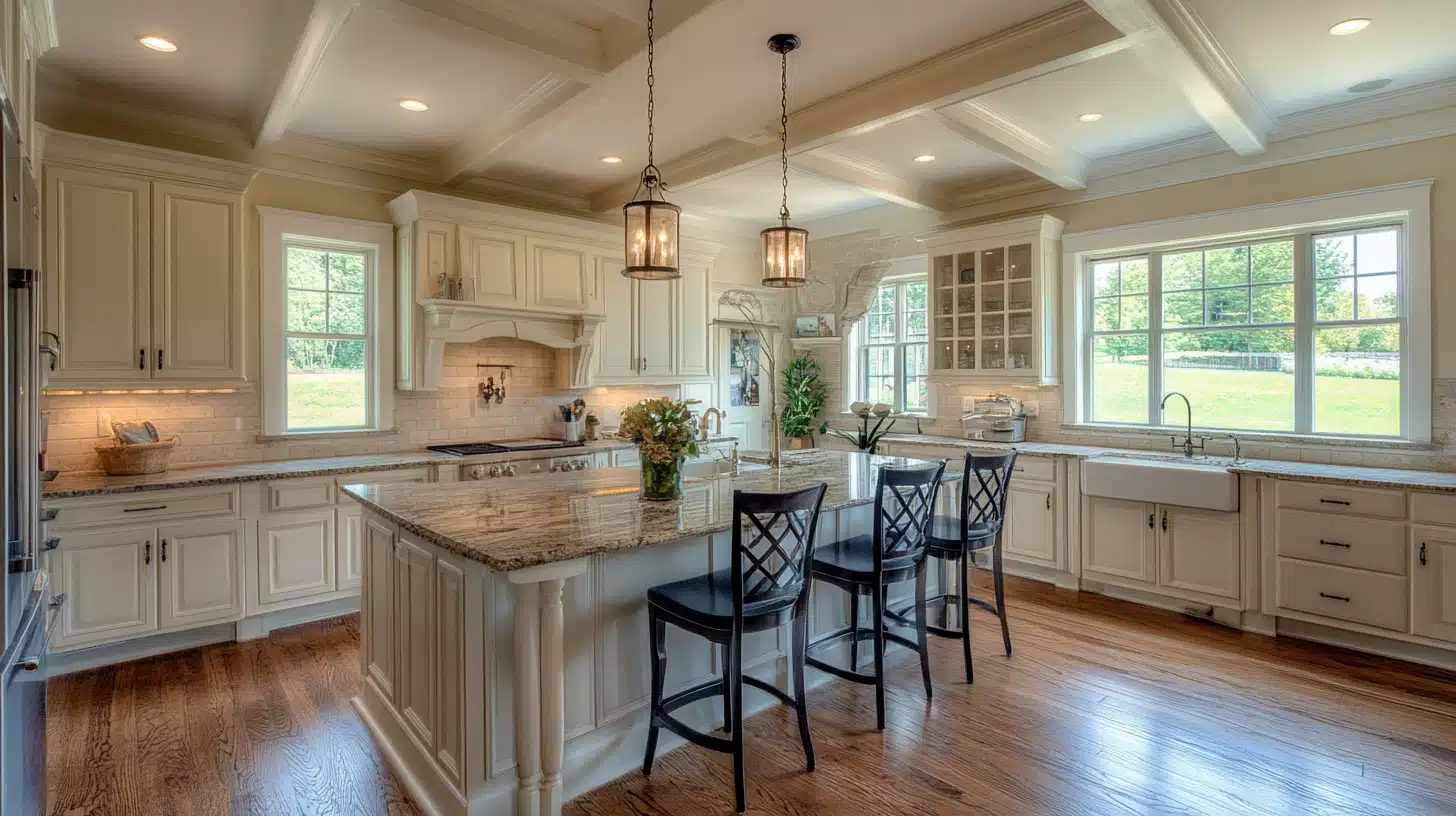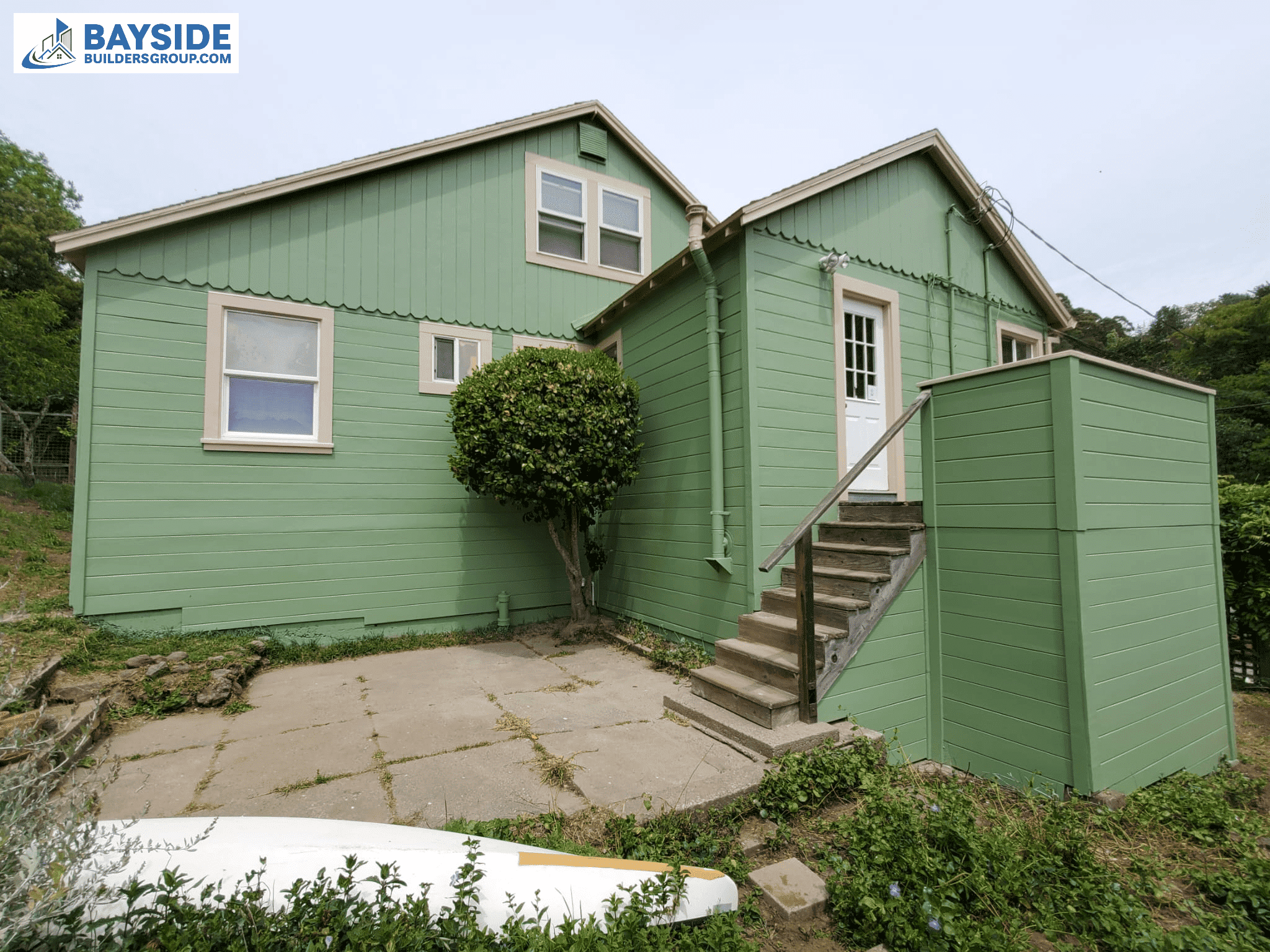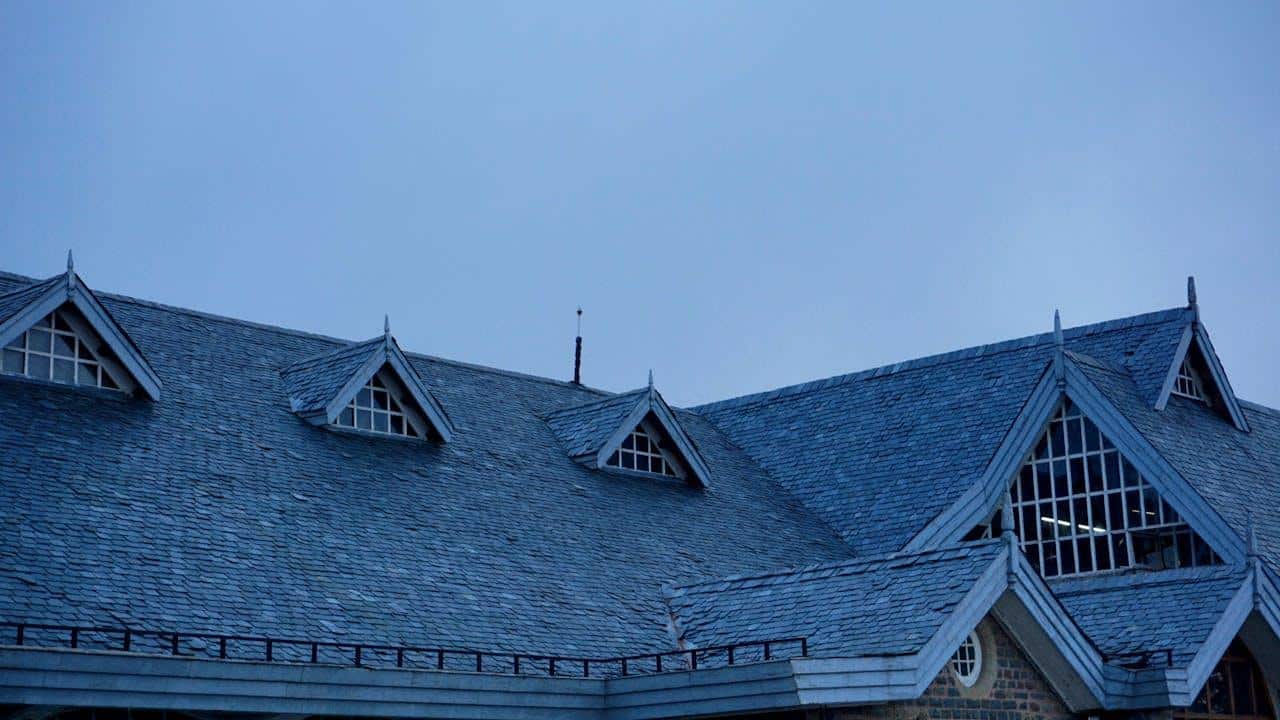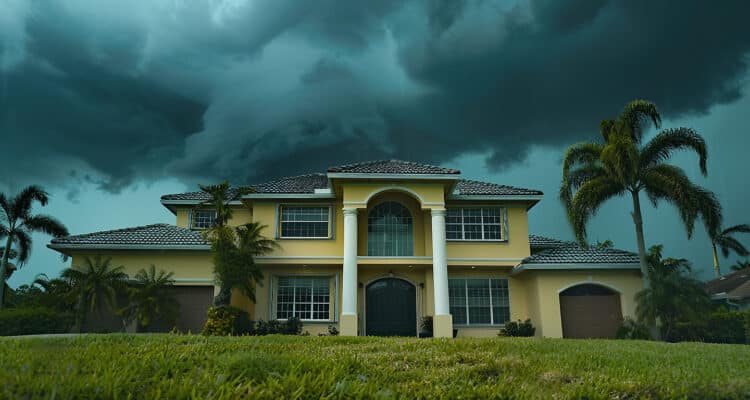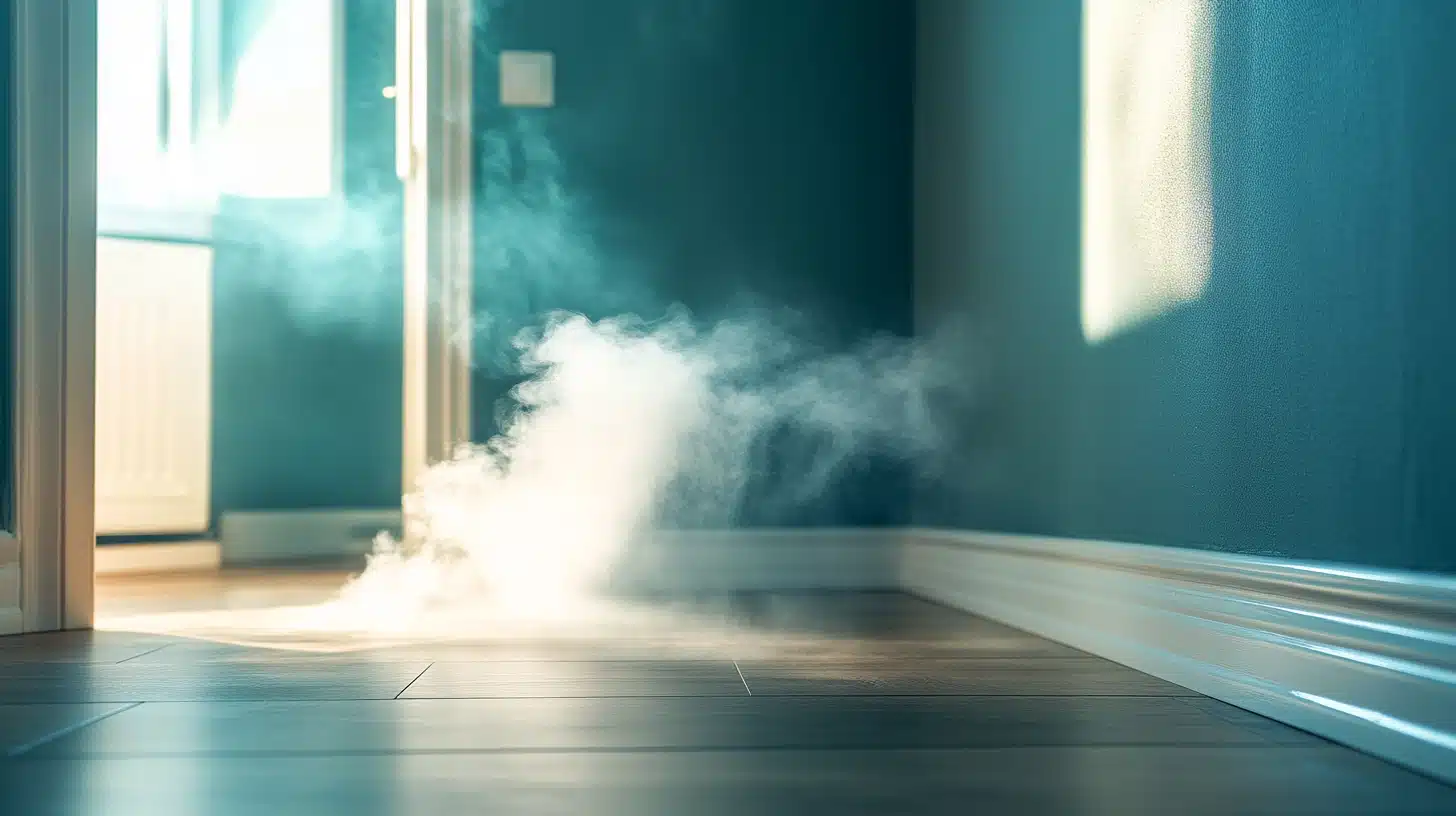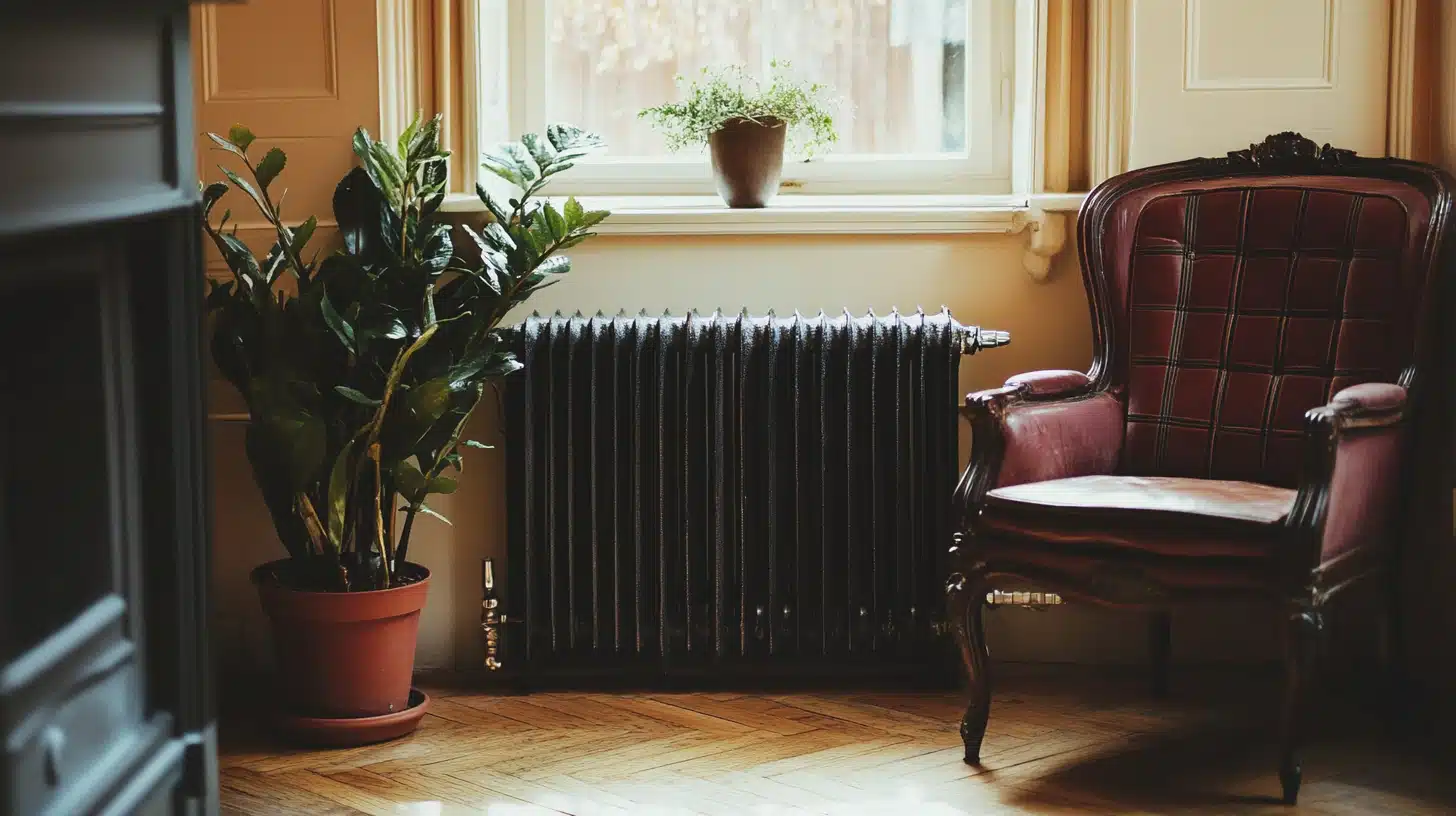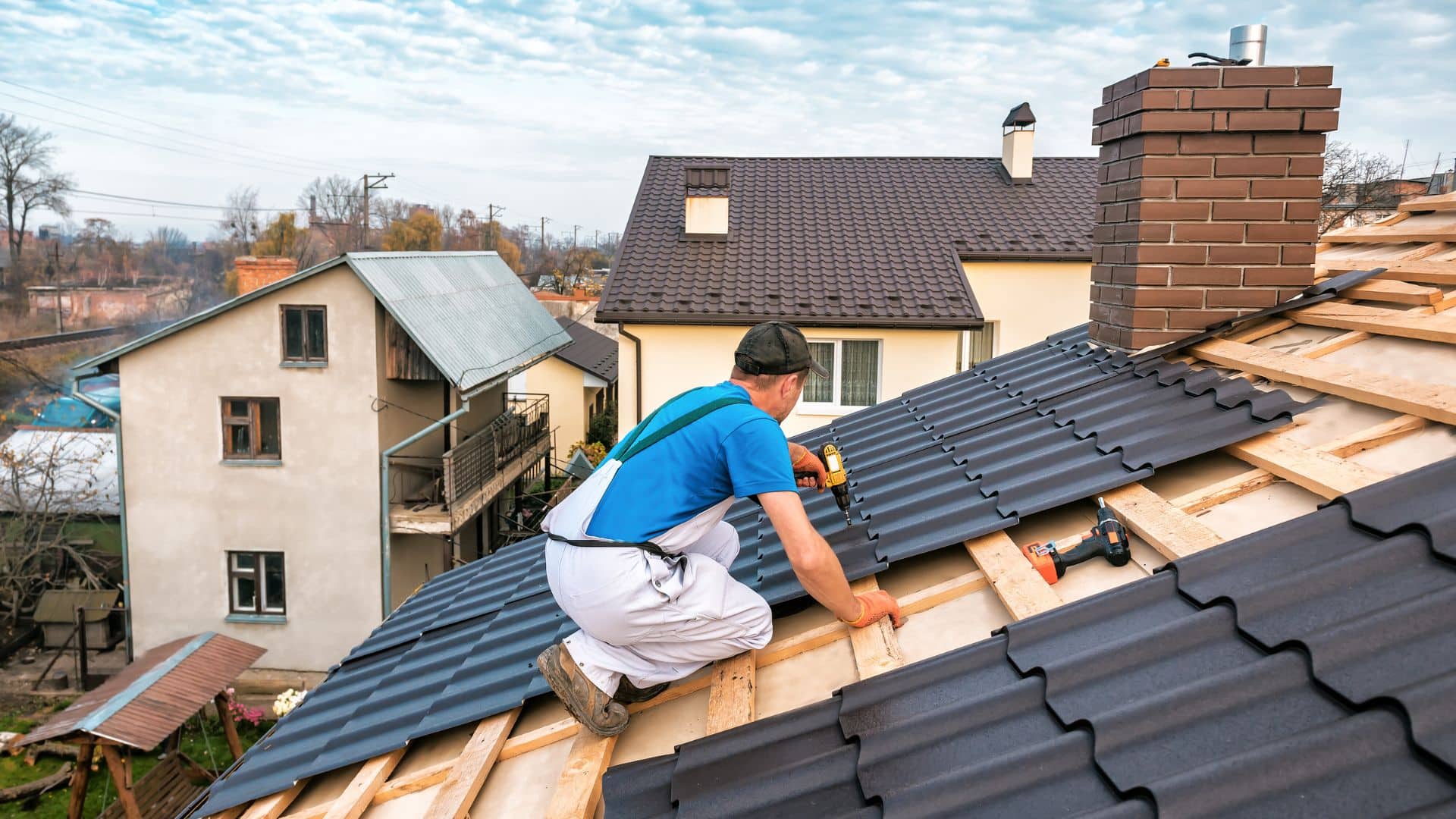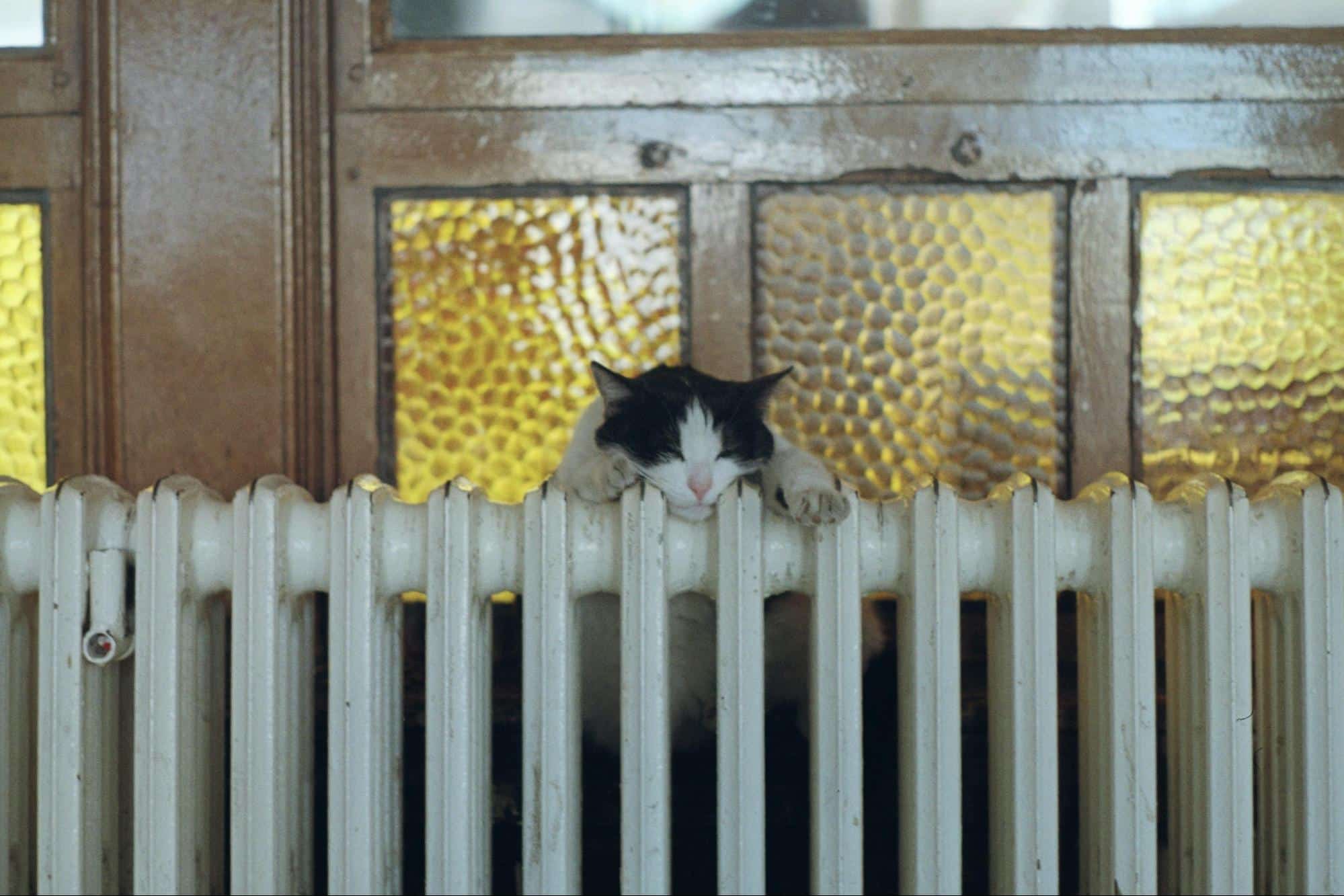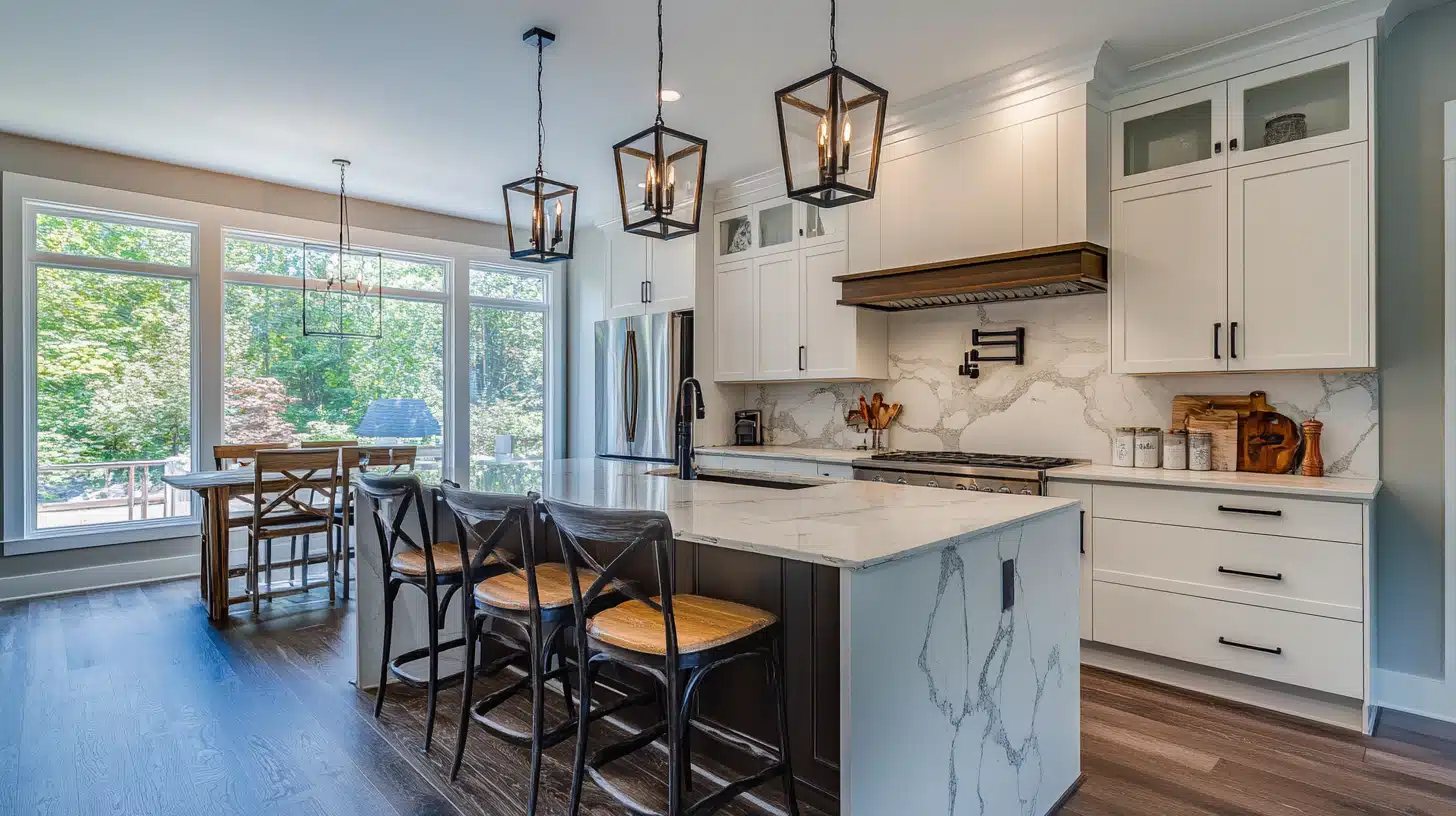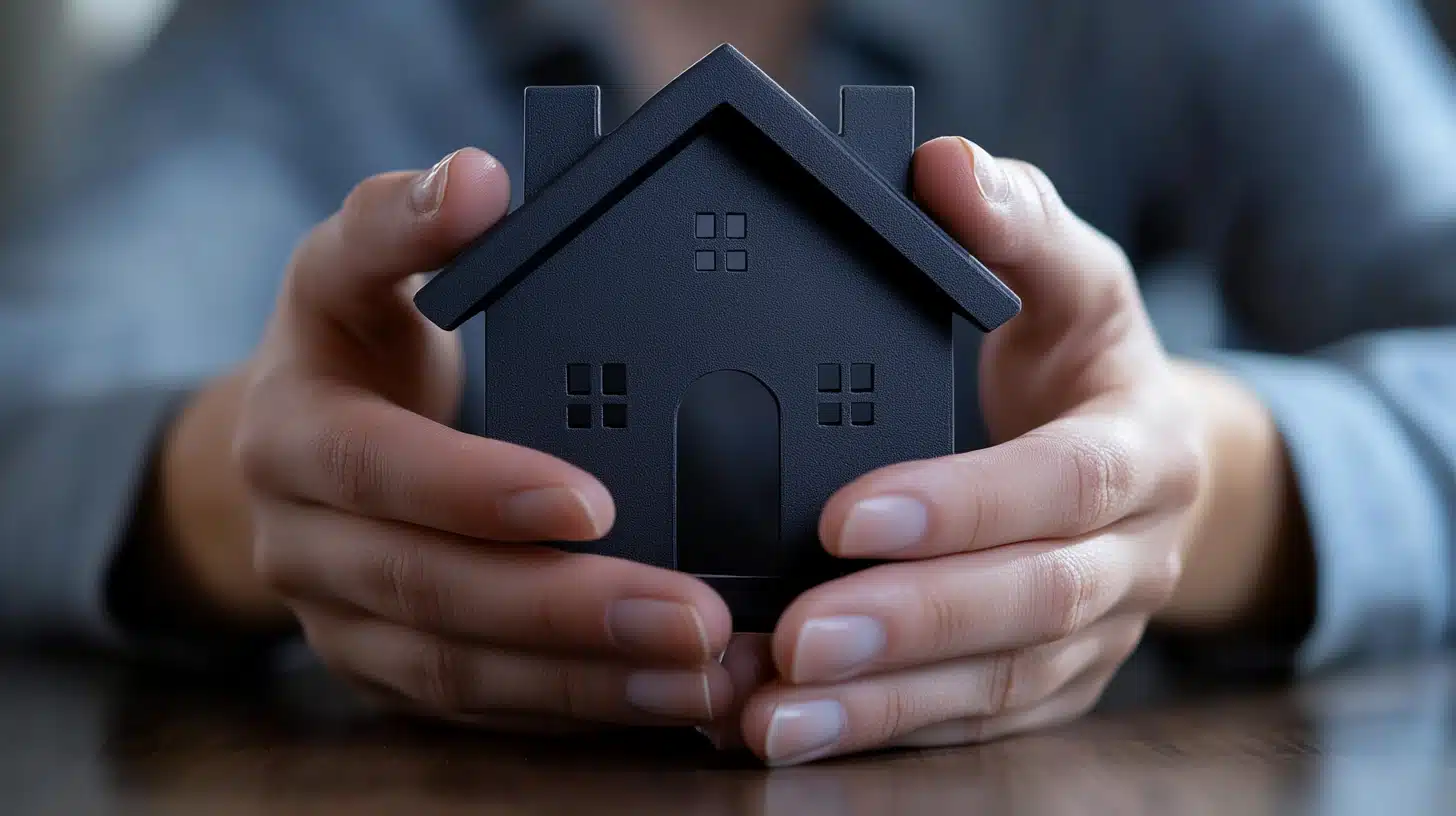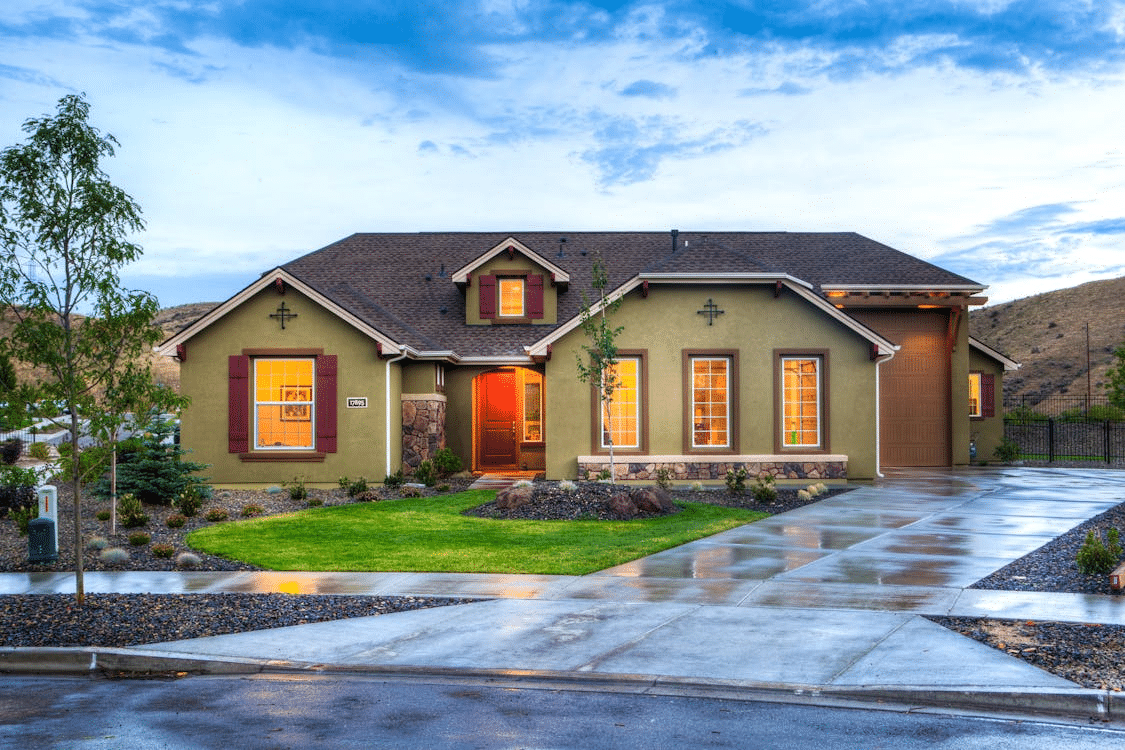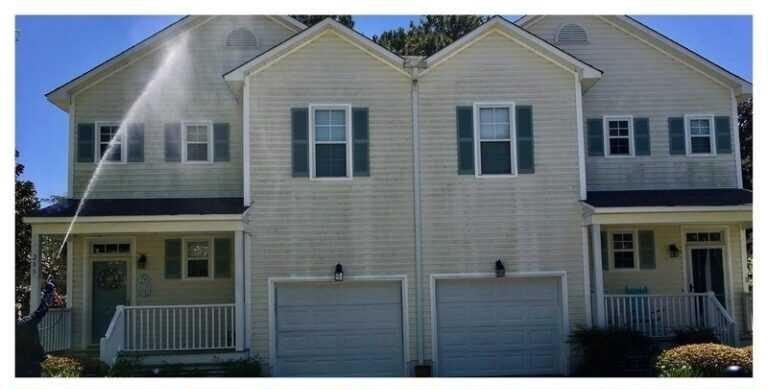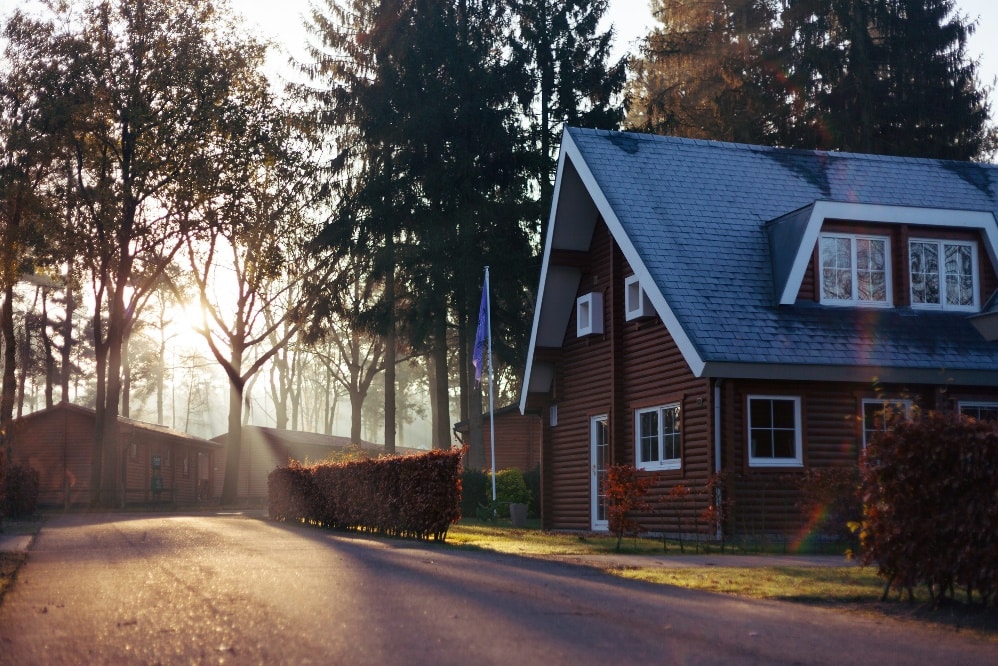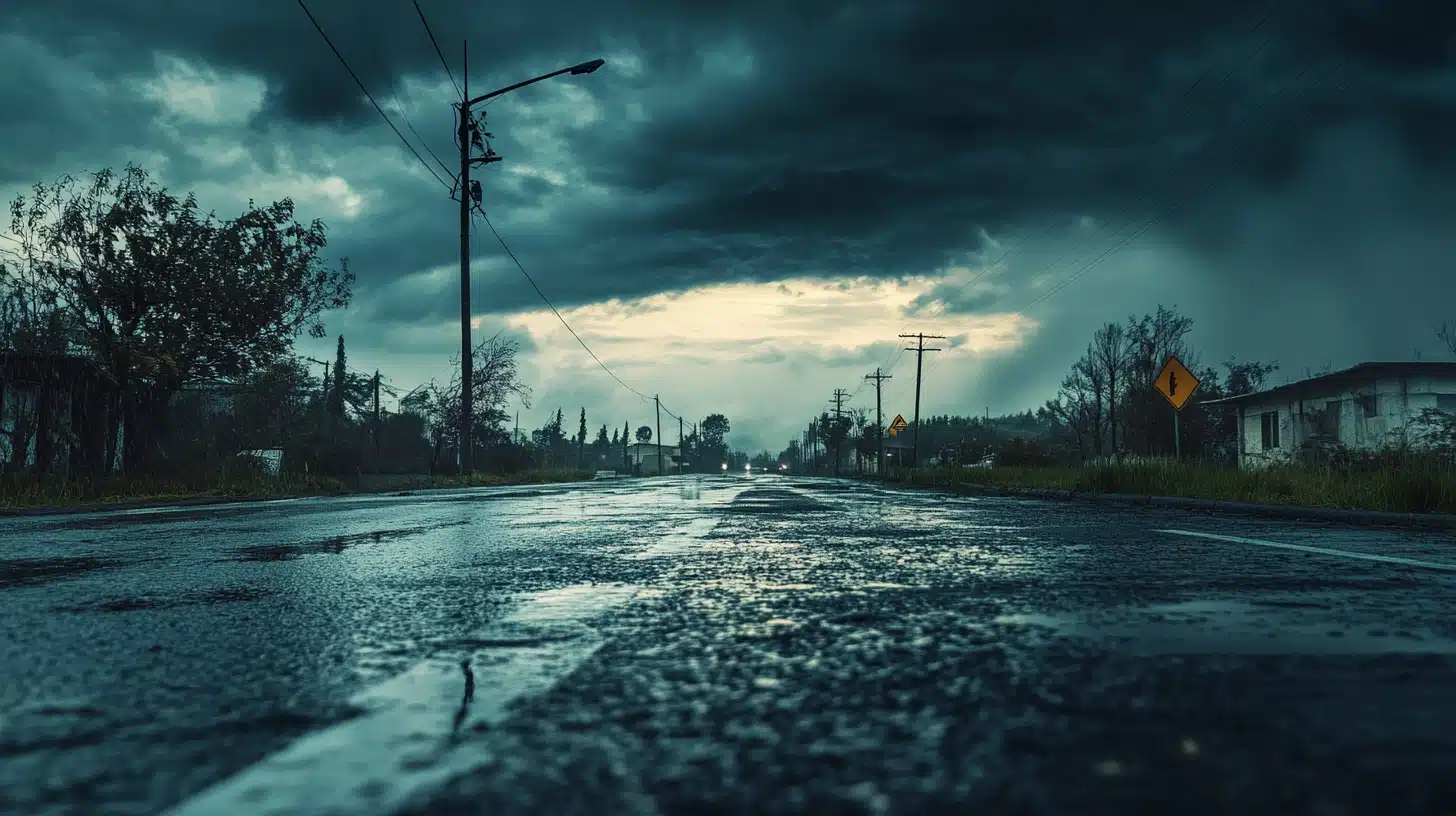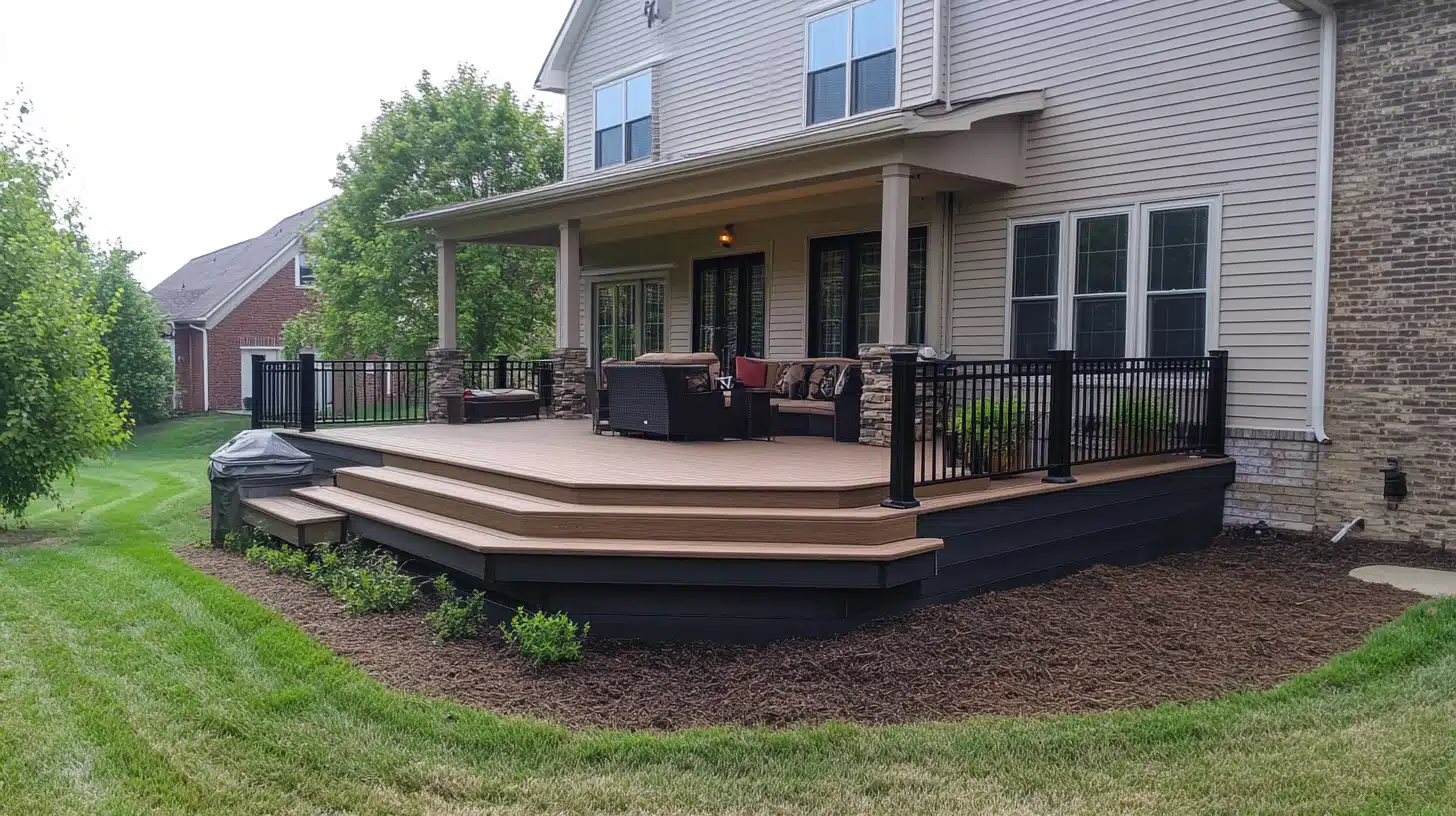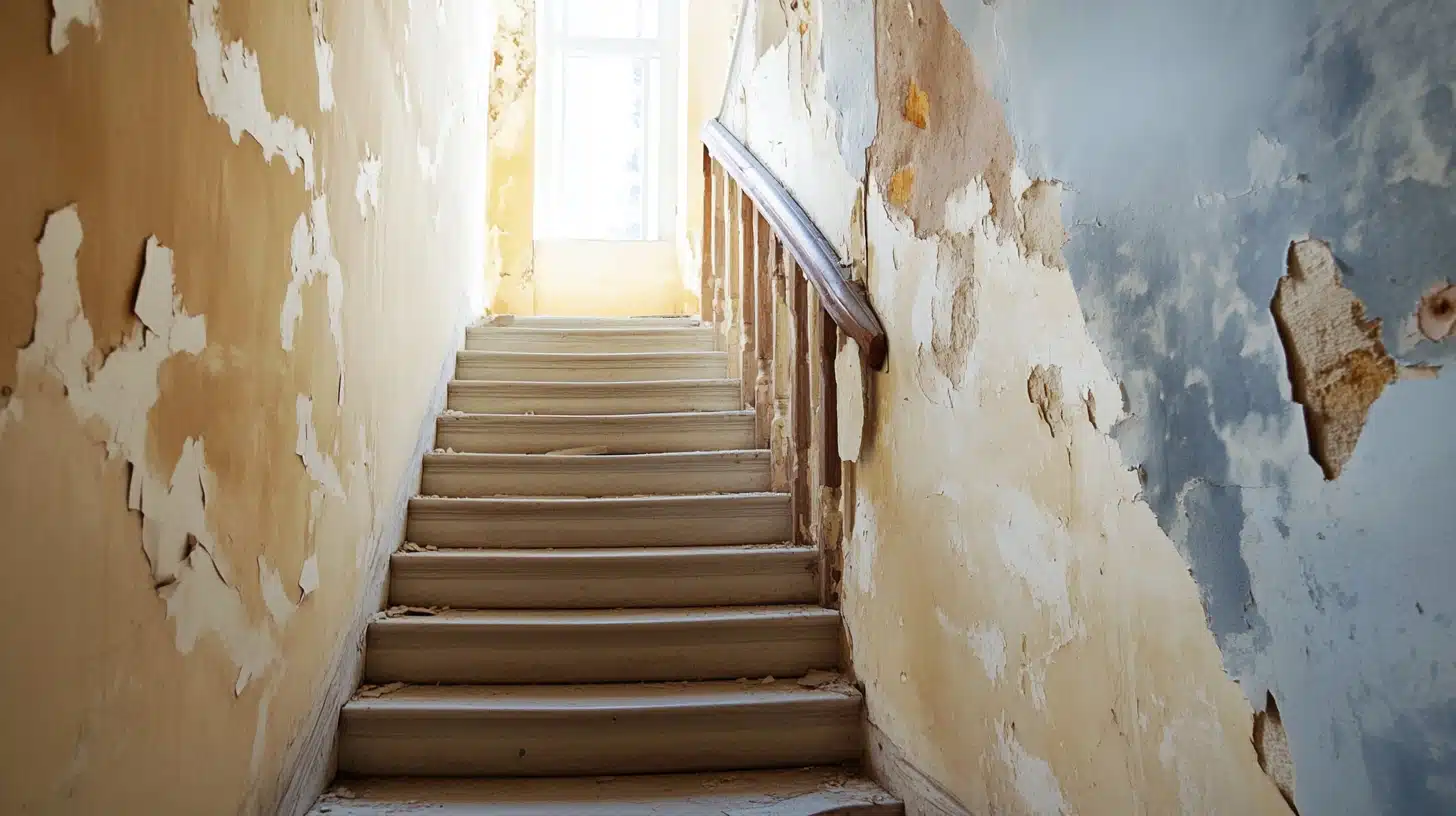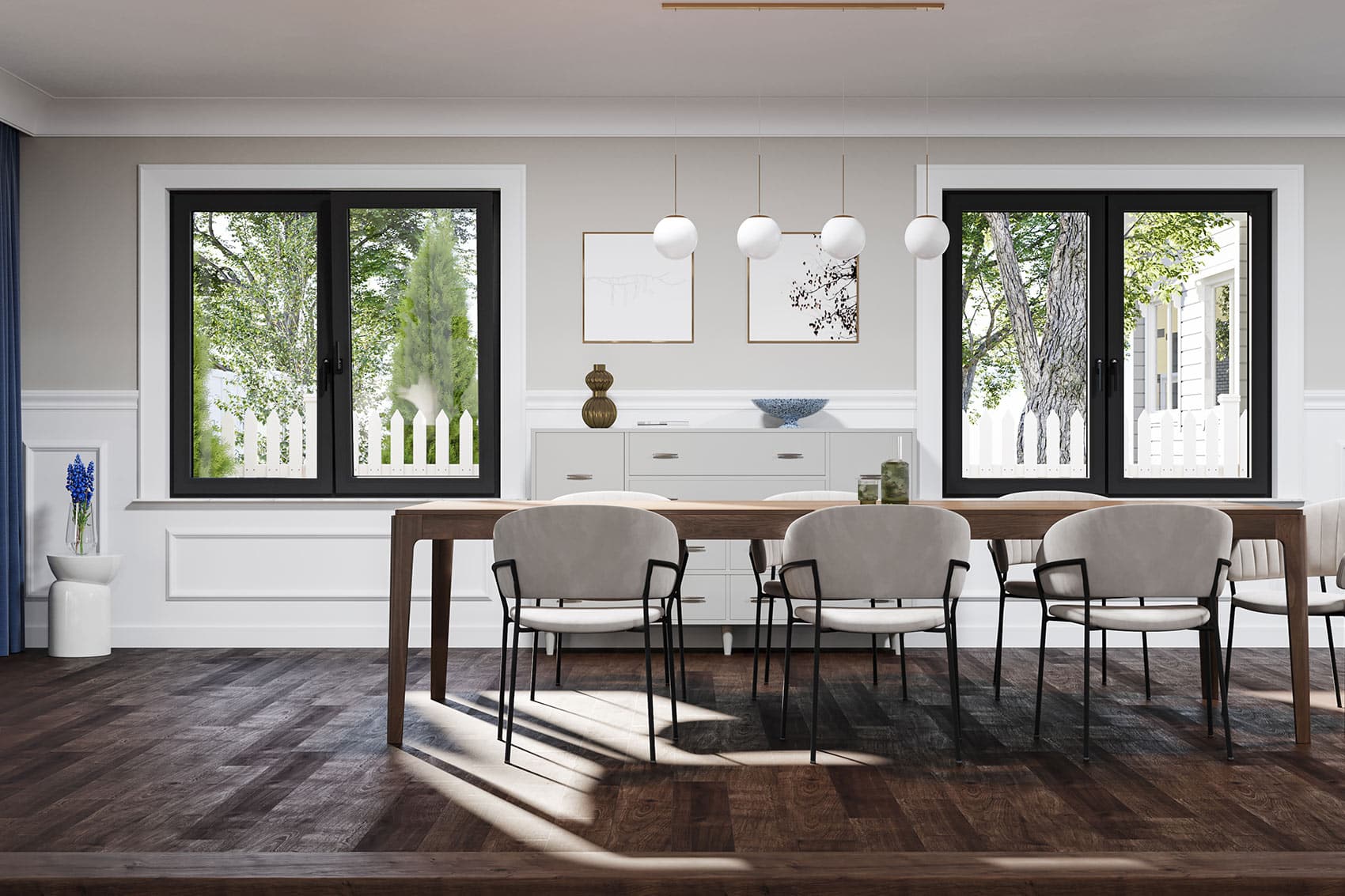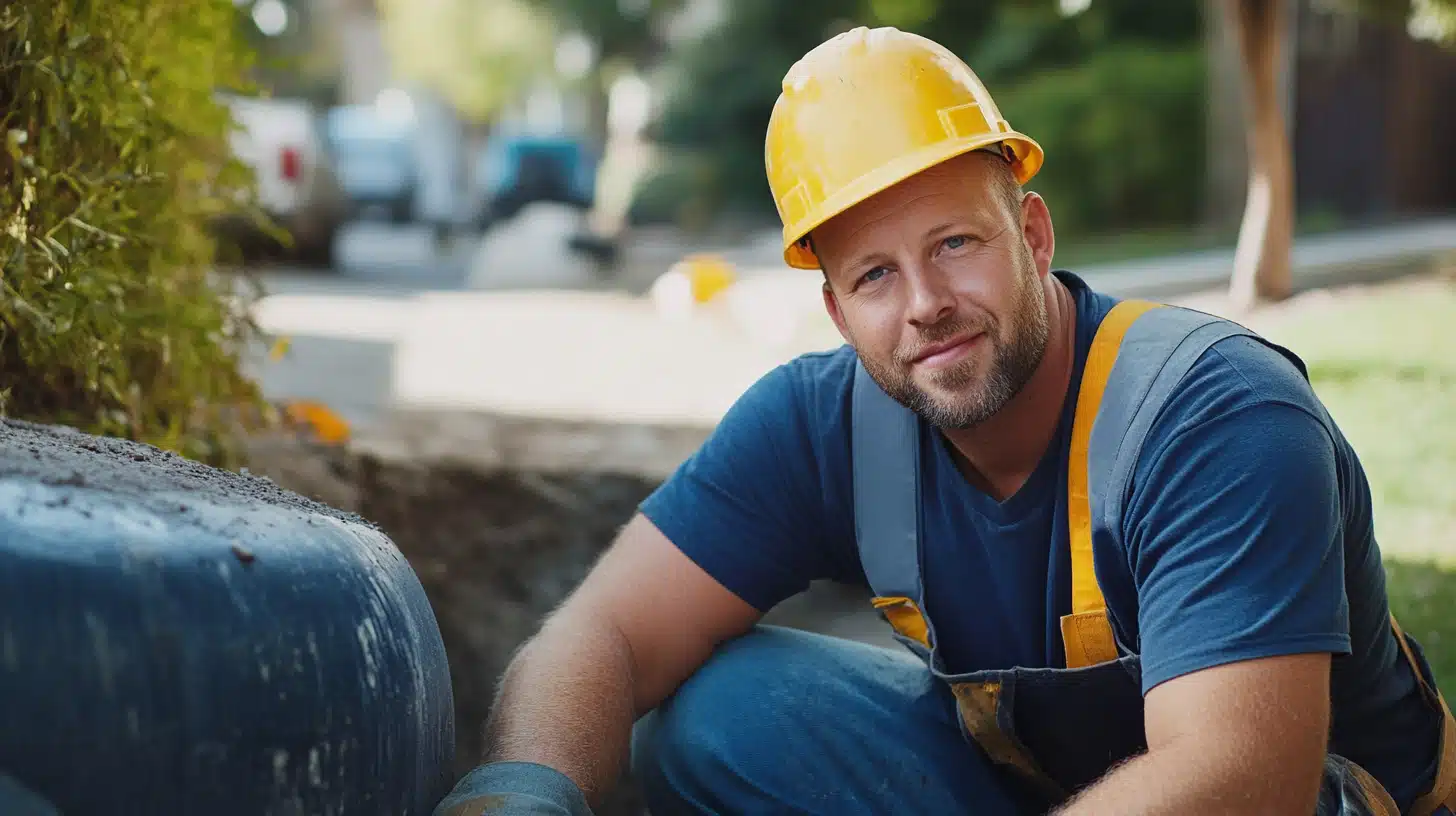
Summers comes along and suddenly everyone is changing their roof, but why? Well, summer is not only a great time to enjoy some time in the pool and go for long walks in the park, but it is also the best season to prepare your roofs for all seasons that will come sooner than later.
Yes, a new roof is a major investment, but the right timing makes sure you are not only getting good results but also making the process easier to deal with in many ways.
In this article, we will tell you why so many homeowners choose summer for their roof replacement (and why you should consider it as well).
Warm Weather Makes Installation Easier
Roofing materials perform best in warm temperatures. Shingles need heat to seal properly, and adhesives stick better in mild weather.
If you install a roof in winter, cold air can make shingles brittle. This can cause them to crack or take longer to seal. In summer, the warmth helps shingles bond faster, creating a stronger, longer-lasting roof.
Most roofing materials work best when temperatures are between 70°F and 85°F. Summer often provides these perfect conditions. If it’s too cold, materials become stiff and difficult to handle. If it’s too hot, some materials can soften too much, making them harder to install correctly.
Roofers know how to handle different temperatures, but summer usually provides the best balance. With the right conditions, your new roof is more likely to last longer and perform better.
Fewer Weather Delays
Winter brings snow and ice, while fall often comes with rain and strong winds. These conditions can cause delays and make roofing unsafe. Summer, on the other hand, offers more dry, sunny days, allowing crews to work efficiently and stay on schedule.
Wet conditions can be dangerous for roofers working at high elevations. Slippery surfaces increase the risk of accidents, making summer’s dry weather a much safer option. Additionally, rain can affect how well shingles adhere. If shingles get wet during installation, they may not stick properly, leading to weak spots that could cause future issues. The wooden structure underneath your roof also needs to stay dry. If moisture gets trapped, it can lead to mold or wood rot over time.
Longer Days Mean Faster Completion
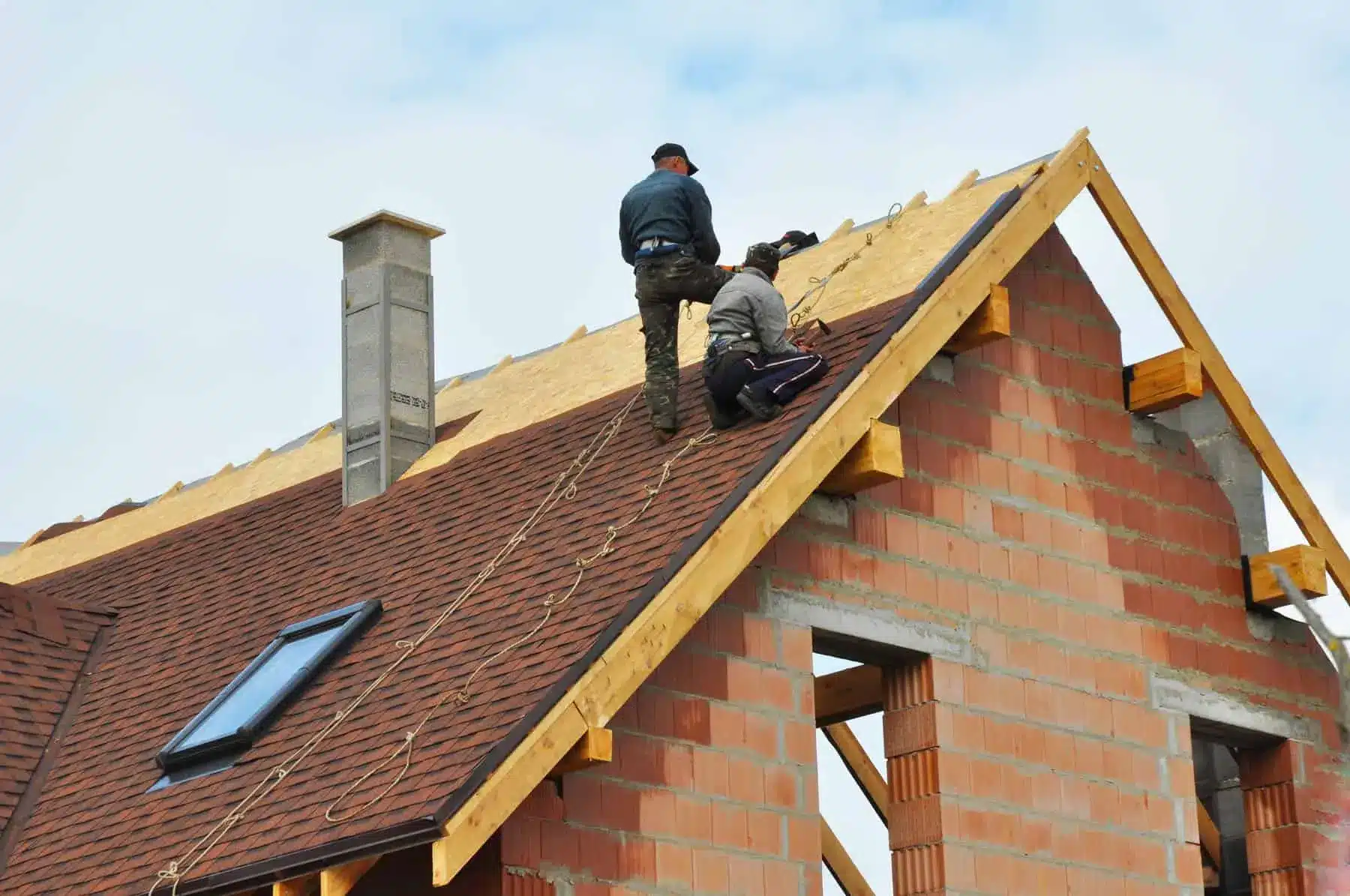
Roofers rely on daylight to complete their work. In summer, the sun stays out longer and crews can work more hours each day, which means that:
- Your project gets done faster. More daylight hours mean crews can work for longer stretches without rushing. This leads to higher-quality work.
- You experience less disruption. A roof replacement can be noisy and disruptive. A shorter project timeline means you can return to your normal routine sooner.
- Roofers can finish safely. In fall and winter, shorter days can lead to rushed work. Longer daylight hours allow workers to take their time and focus on quality.
You Avoid Emergency Repairs in Fall and Winter
Even a small crack in your roof can allow water to seep in. Over time, this moisture can lead to mold growth and wood rot, which means costly repairs down the road. But this is not it: if your roof already has damaged or missing shingles, strong fall and winter winds can make the problem worse and leave your home vulnerable to leaks and water damage. R
eplacing your roof in summer helps you make sure your home is well-protected before harsh weather arrives.
Summer Roofing Deals and Discounts
To get the best deal, ask roofing companies about any seasonal promotions they may be offering. Some provide discounts for customers who book during the summer months, which can save you hundreds or even thousands of dollars.
Also, look for financing options—many companies offer flexible payment plans during peak season to make a new roof more affordable. Comparing multiple quotes from different companies can help you find the best price while ensuring you receive high-quality workmanship.
Energy Savings Start Sooner
An old roof lets heat escape in winter and makes your home hotter in summer. A new roof with modern materials keeps your home well-insulated, which helps you save on energy bills year-round. Some of the materials you can choose from include:
- Light-colored shingles. These reflect sunlight instead of absorbing heat, keeping your home cooler in the summer.
- Reflective coatings. Some roofing materials come with special coatings that help reflect heat and improve insulation.
How to Know If You Need a New Roof
So, let’s say you are thinking about paying for a new roof installation but you are not sure if you even need it. These are some good signs you can check before taking that step:
- Your roof is over 15 years old. Most roofs last 15-25 years. If yours is aging, you should schedule an inspection to check for damage.
- You see cracked, curled, or missing shingles. Damaged shingles can’t protect your home properly. If they’re breaking apart, it’s time for a replacement.
- You have leaks or water stains. Water spots on ceilings or walls suggest a failing roof. Addressing this early prevents further damage.
- Your energy bills are rising. If your heating and cooling costs have increased, your roof may no longer be insulating your home properly.
- Your neighbors are replacing their roofs. If nearby homes of the same age are getting new roofs, it’s a good sign that yours may need one, too.
Don’t Wait Until It’s Too Late
A new roof is a significant investment, but waiting too long can lead to bigger problems. If your roof is aging or showing signs of damage, summer is the perfect time to replace it.
To get started, you can schedule a professional inspection to evaluate your roof’s condition and see it this summer is the one you should choose to replace your roof or if you should wait a bit. Once you decide to go for the new roof installation, do your research: find multiple quotes to compare prices and services, and book your installation when you find the best deal.

